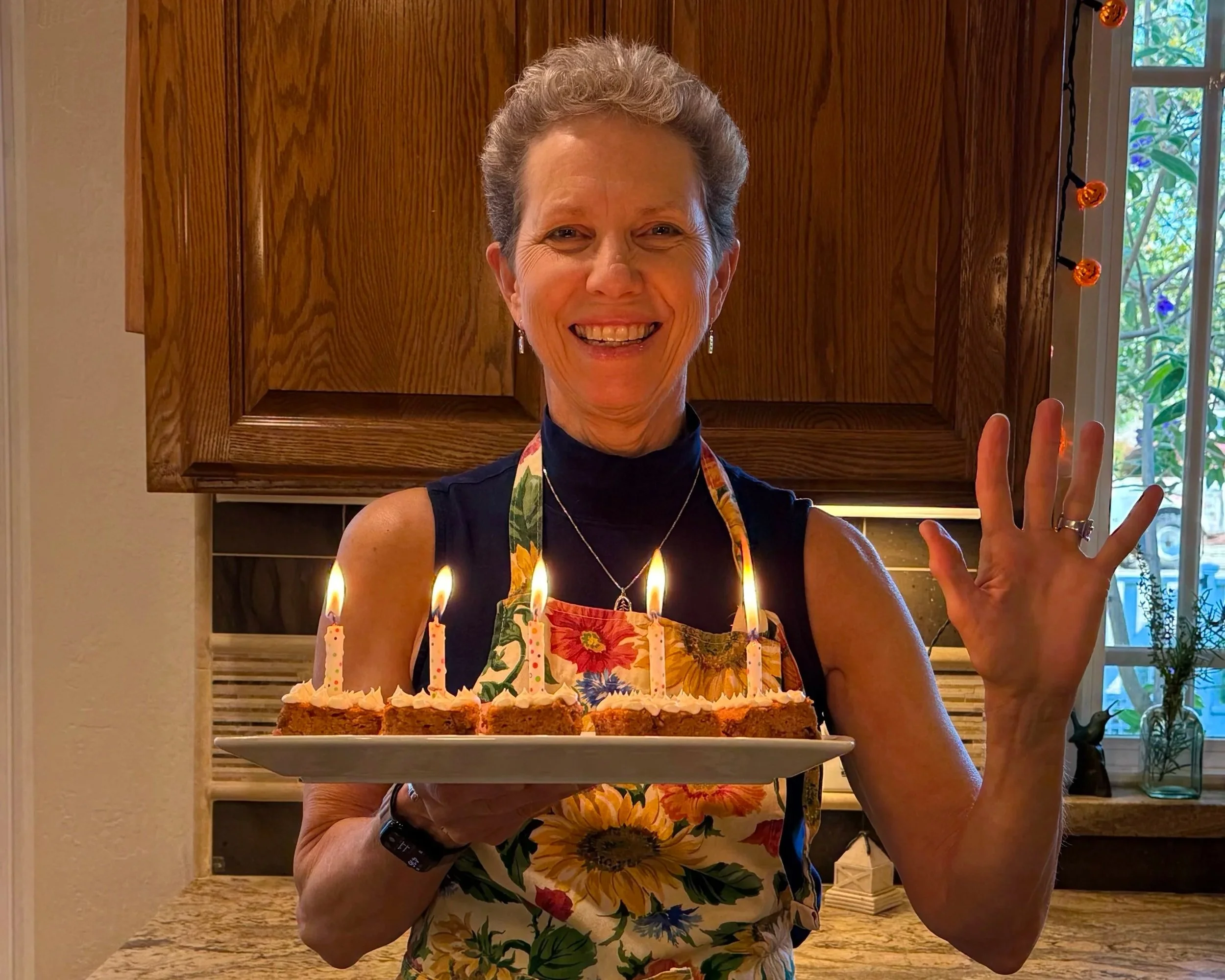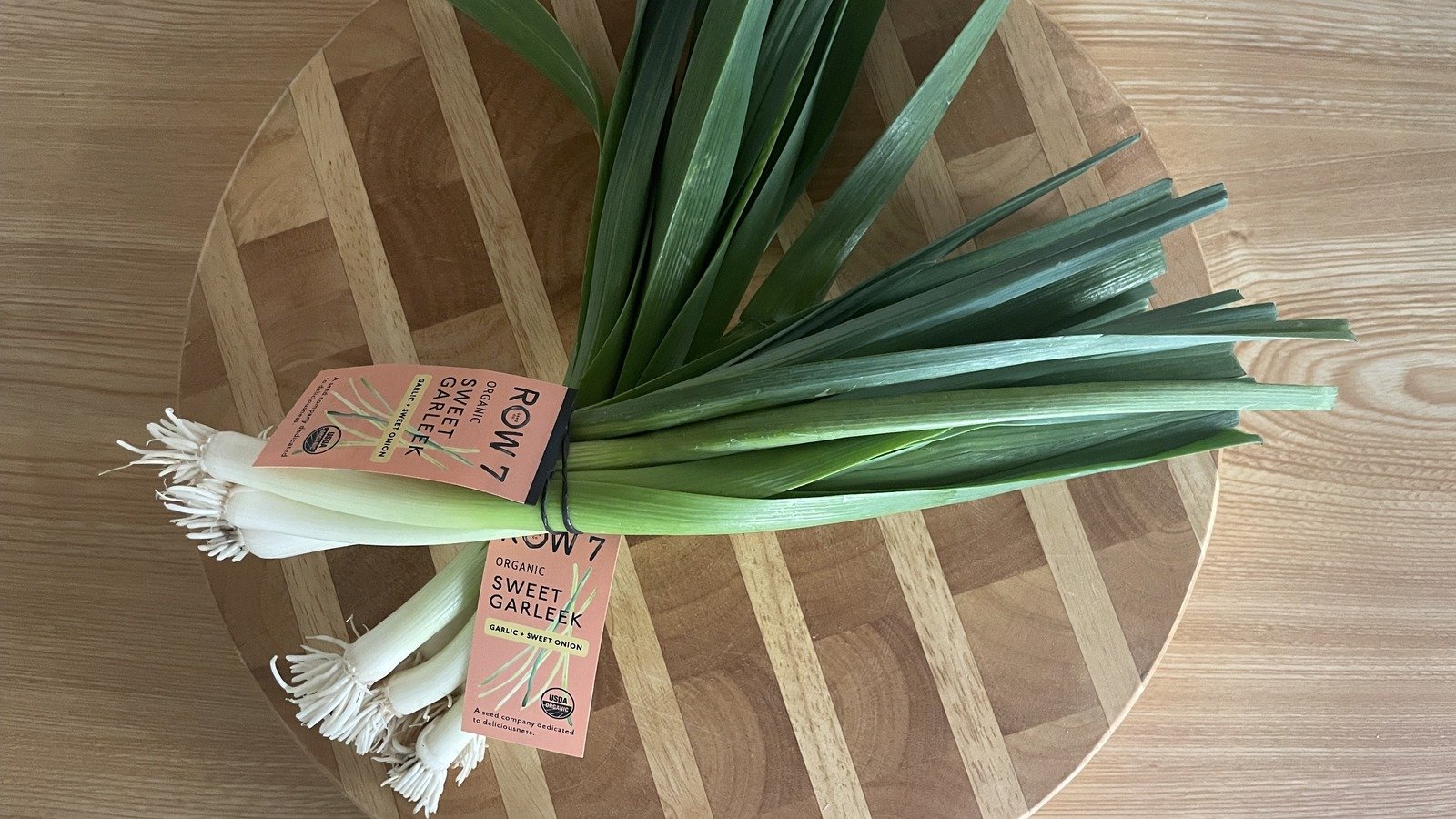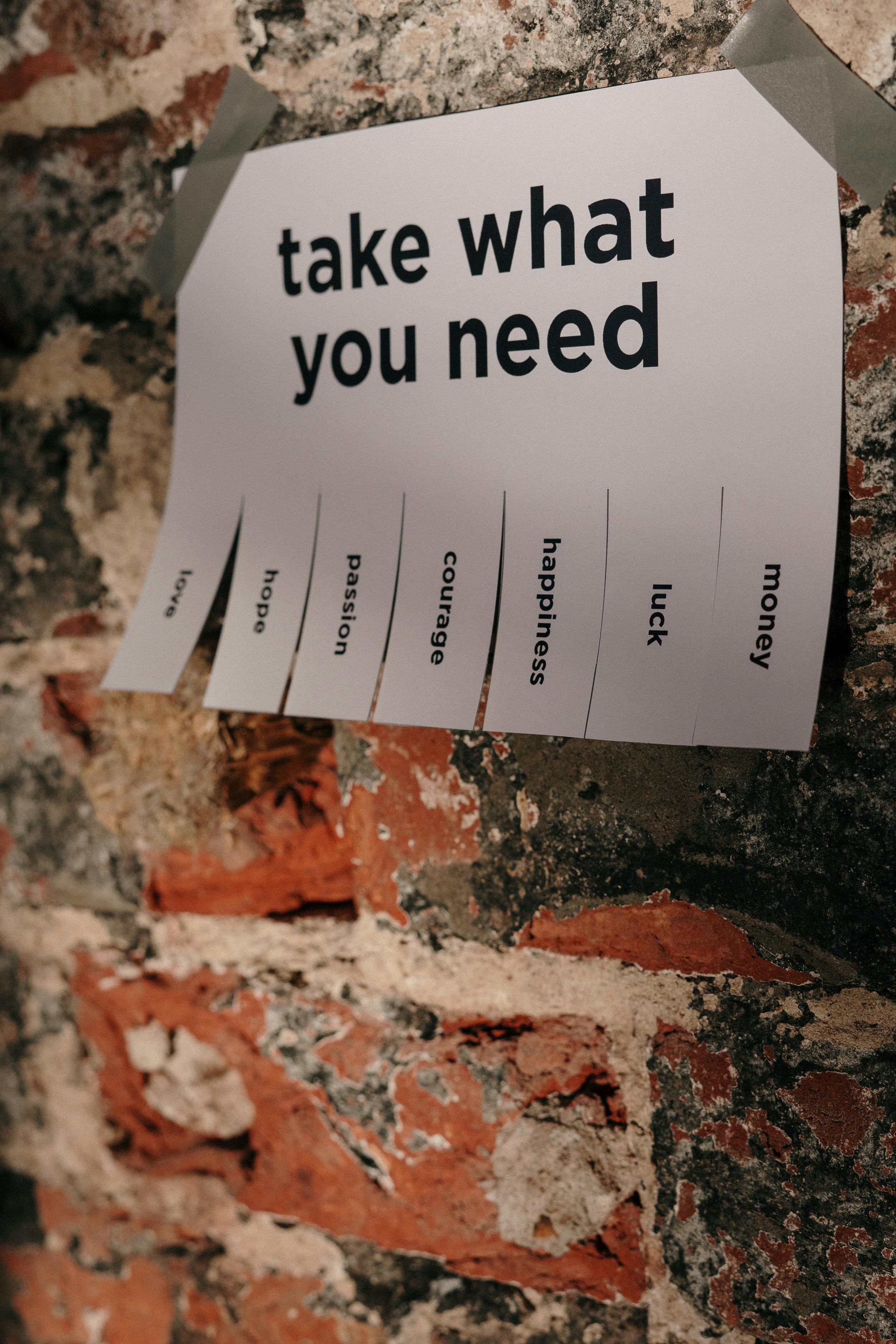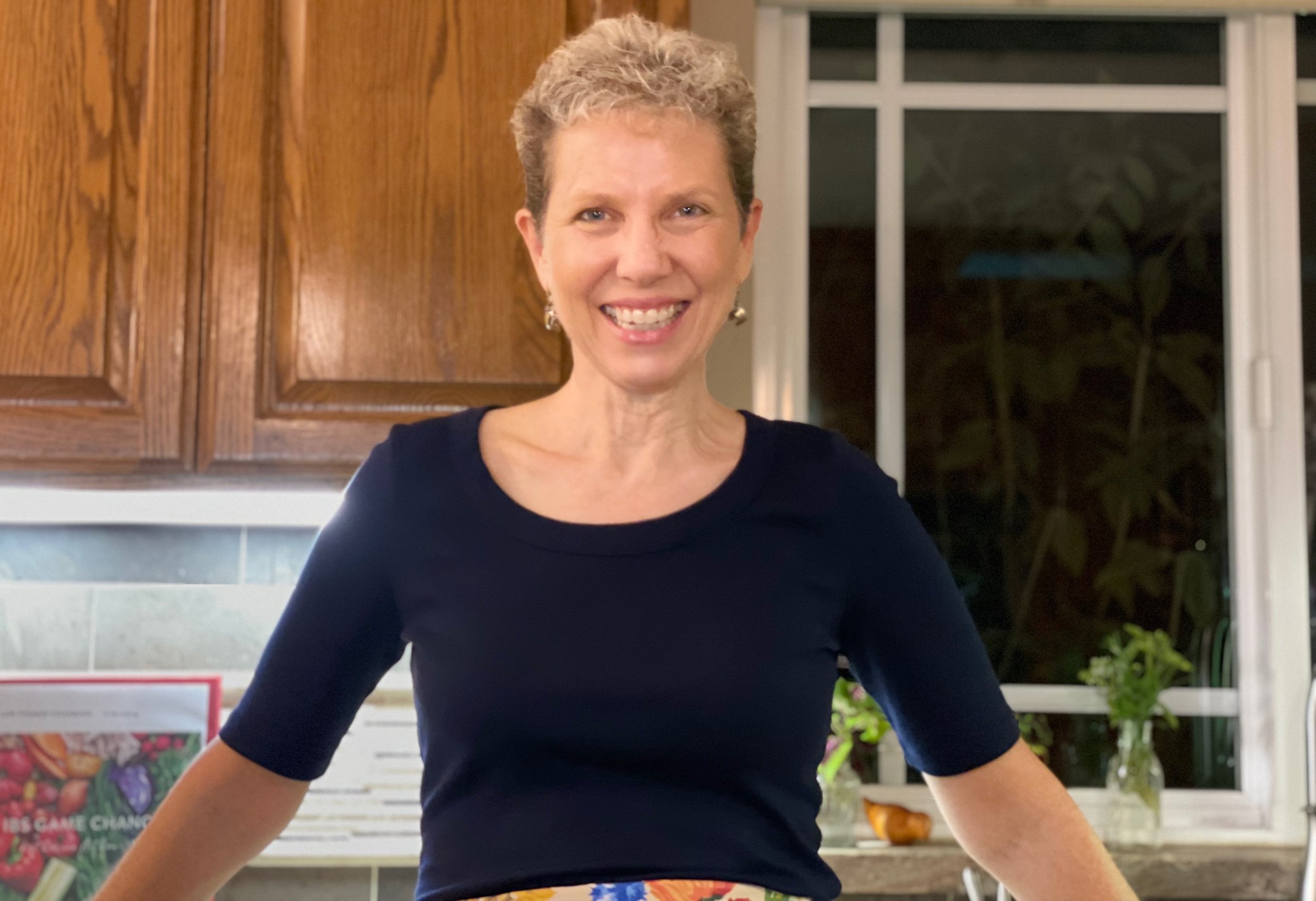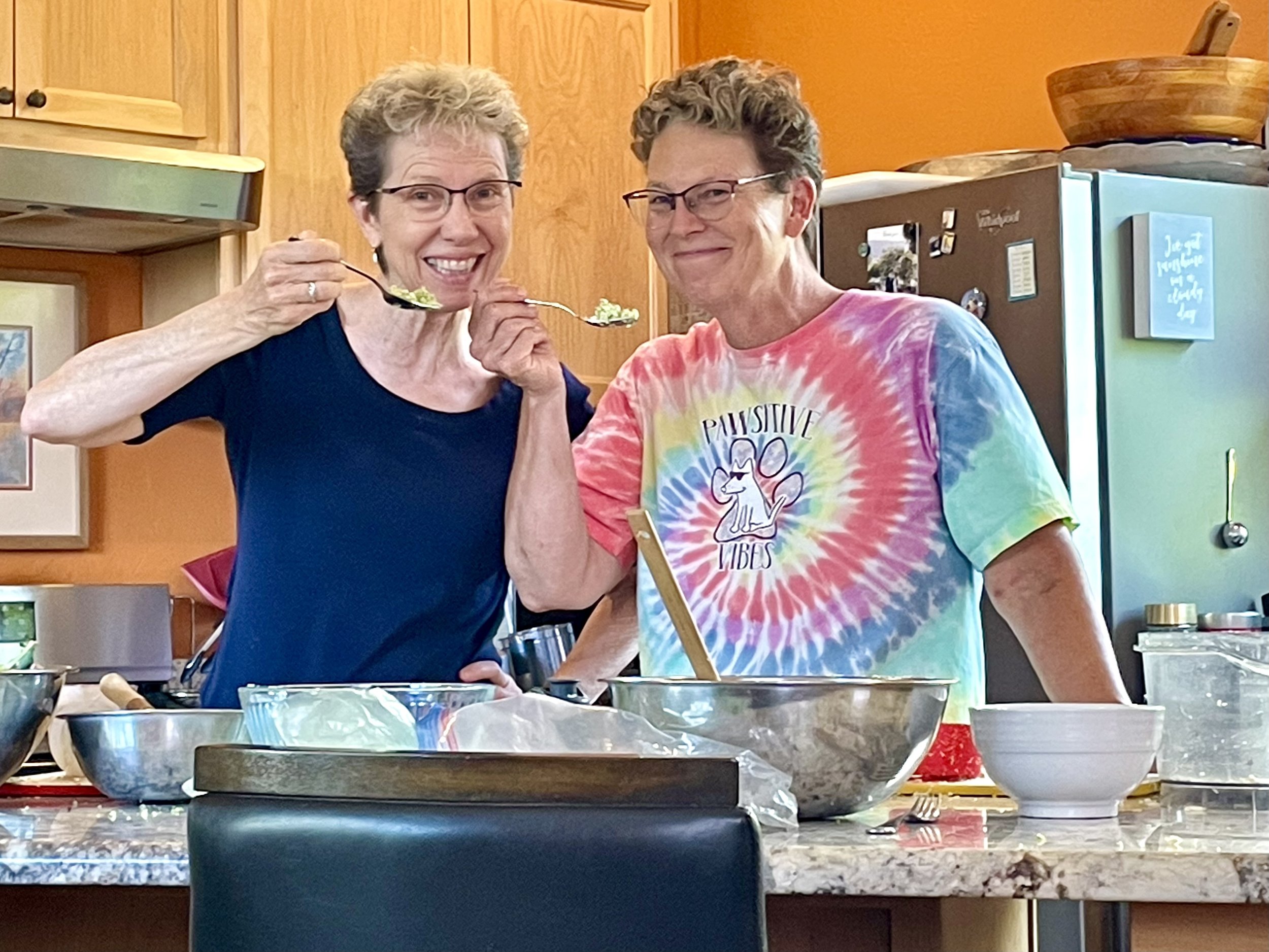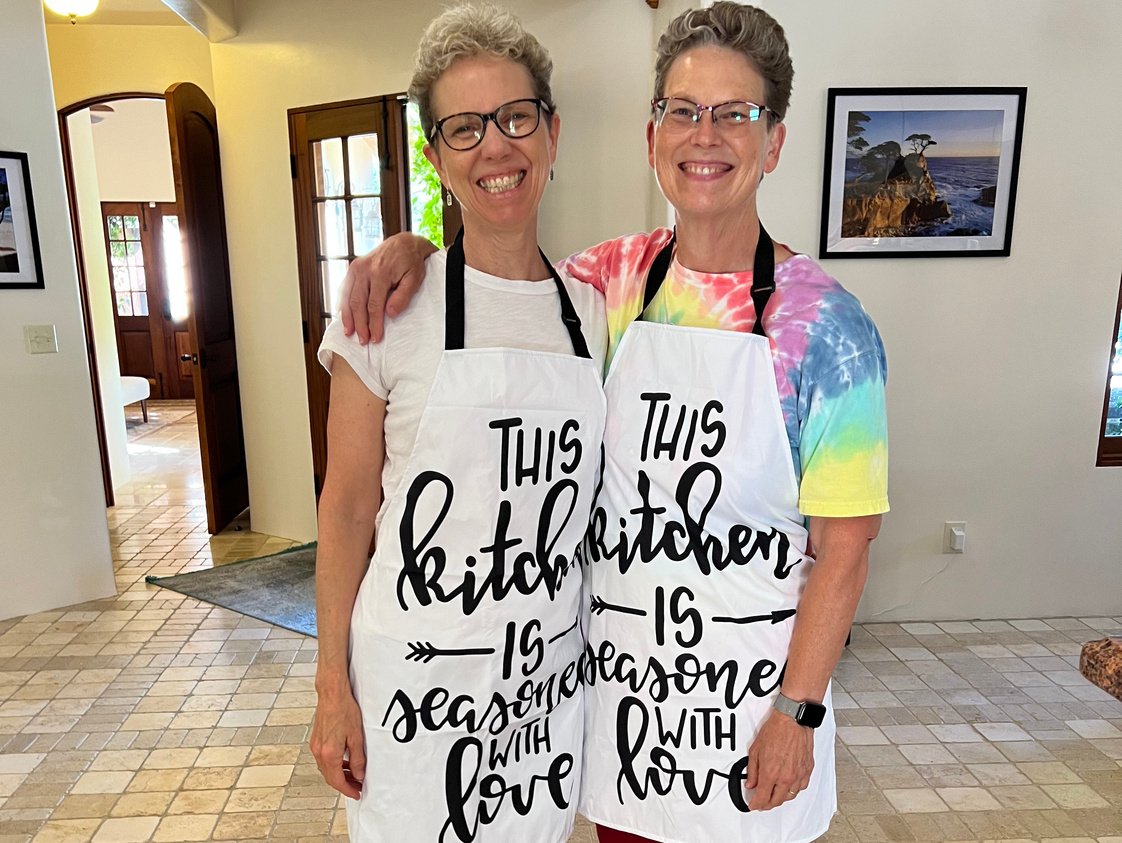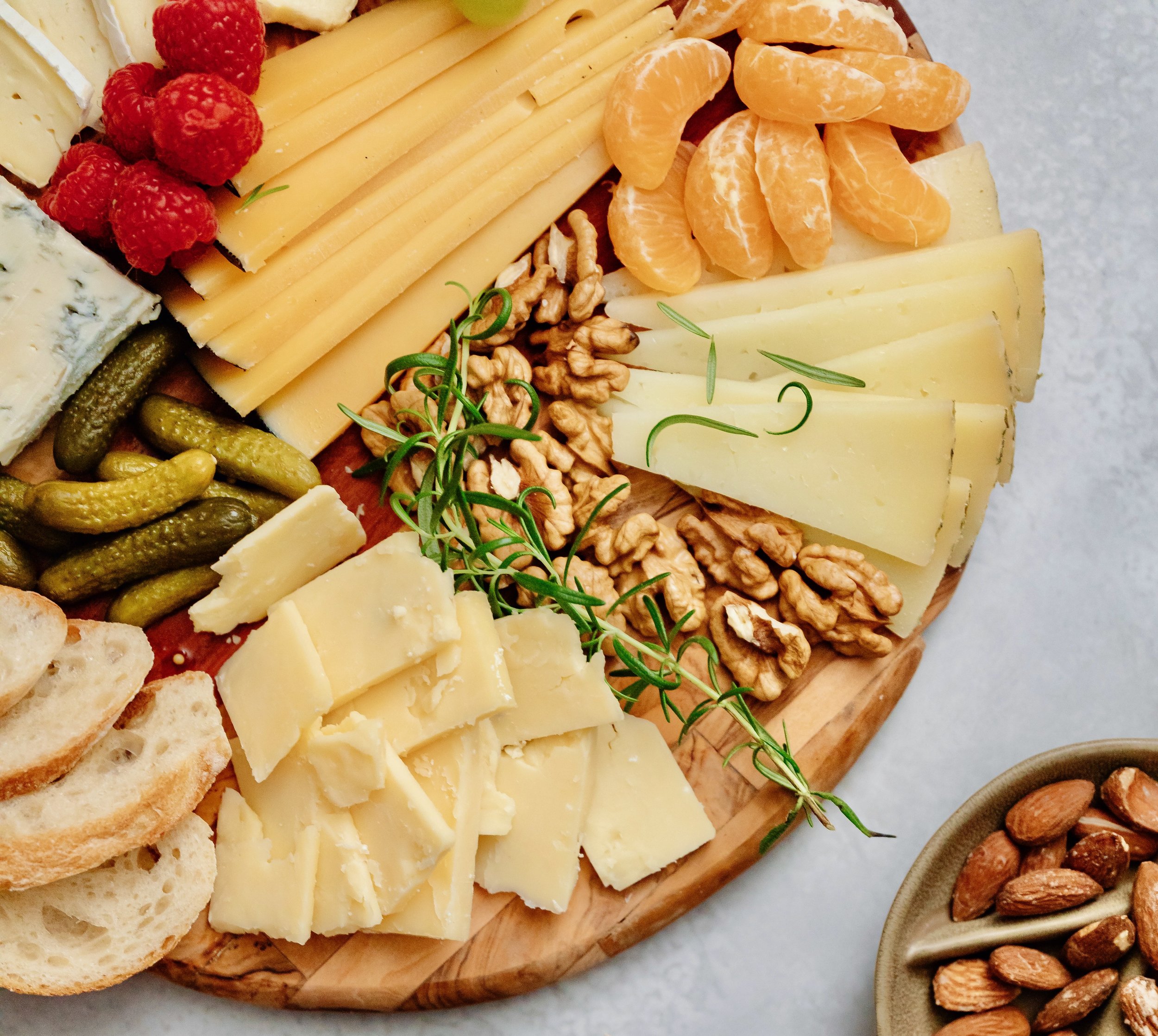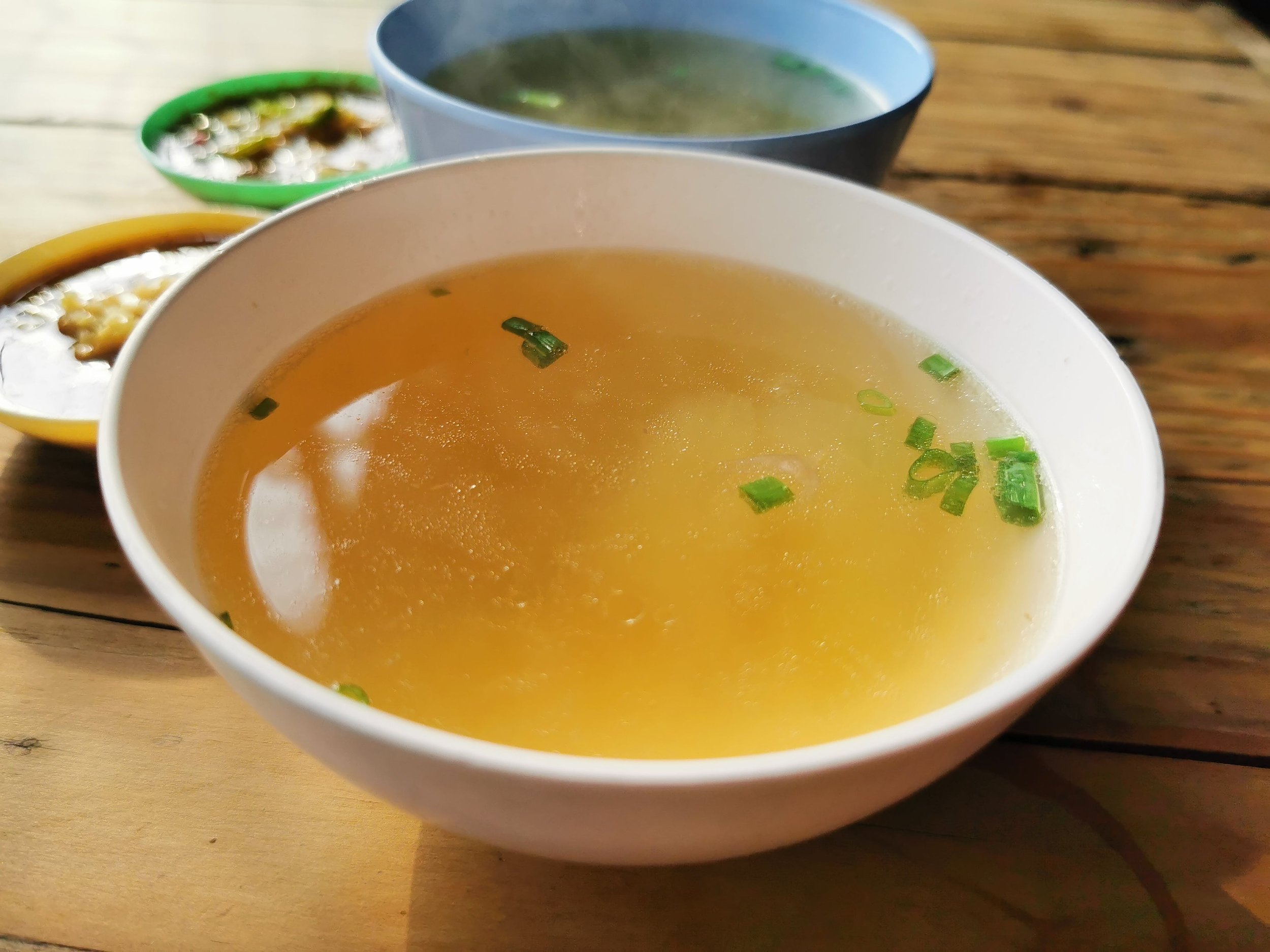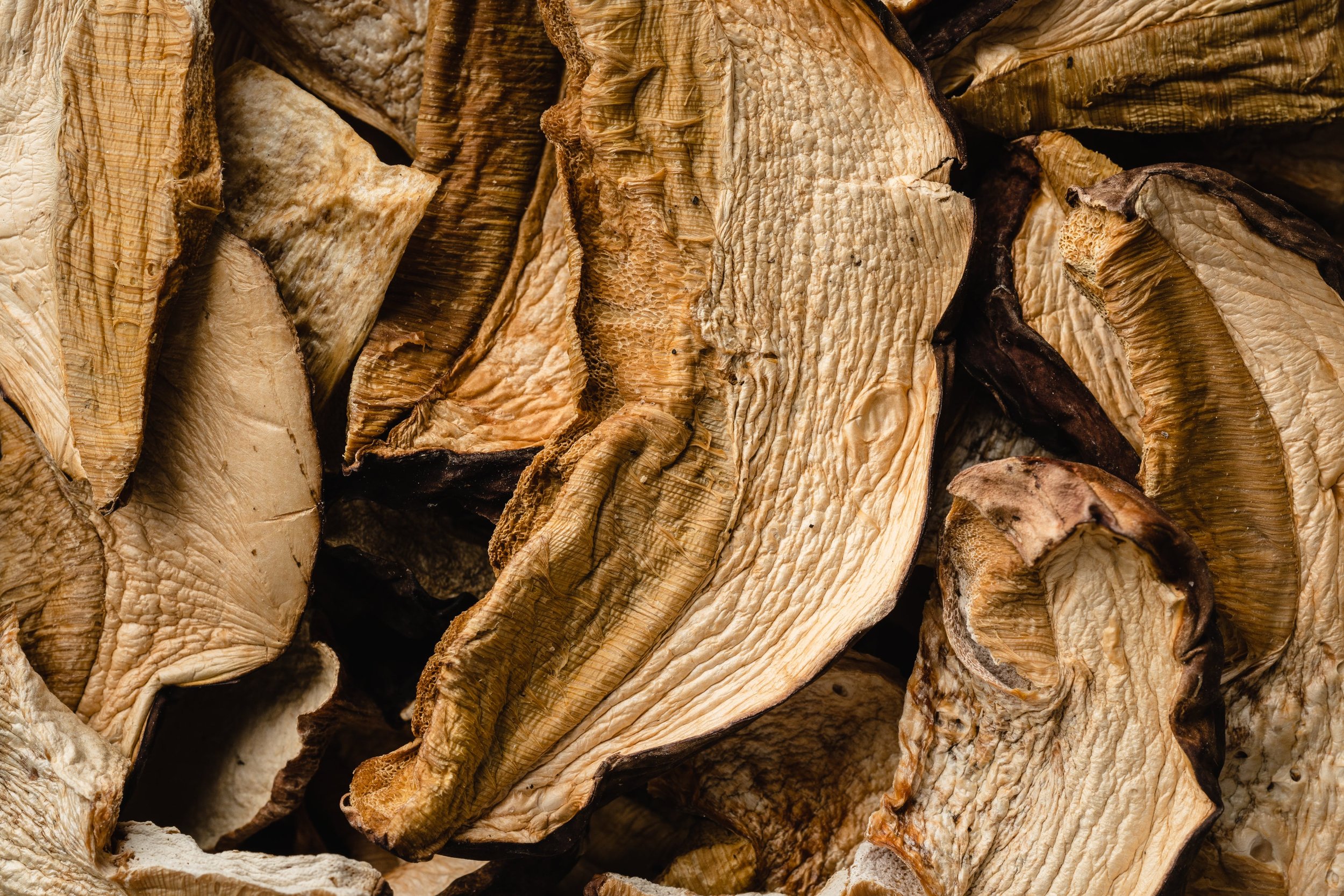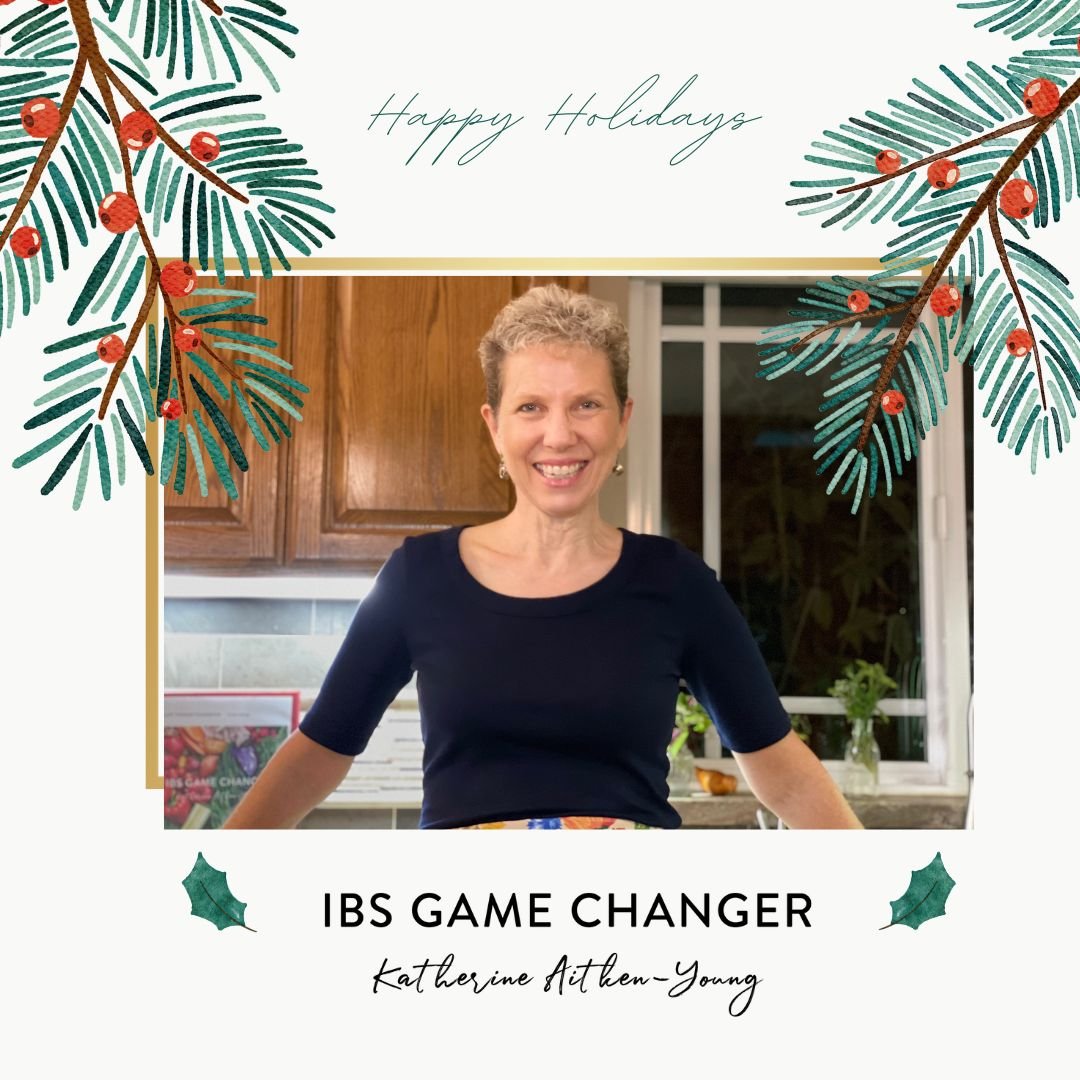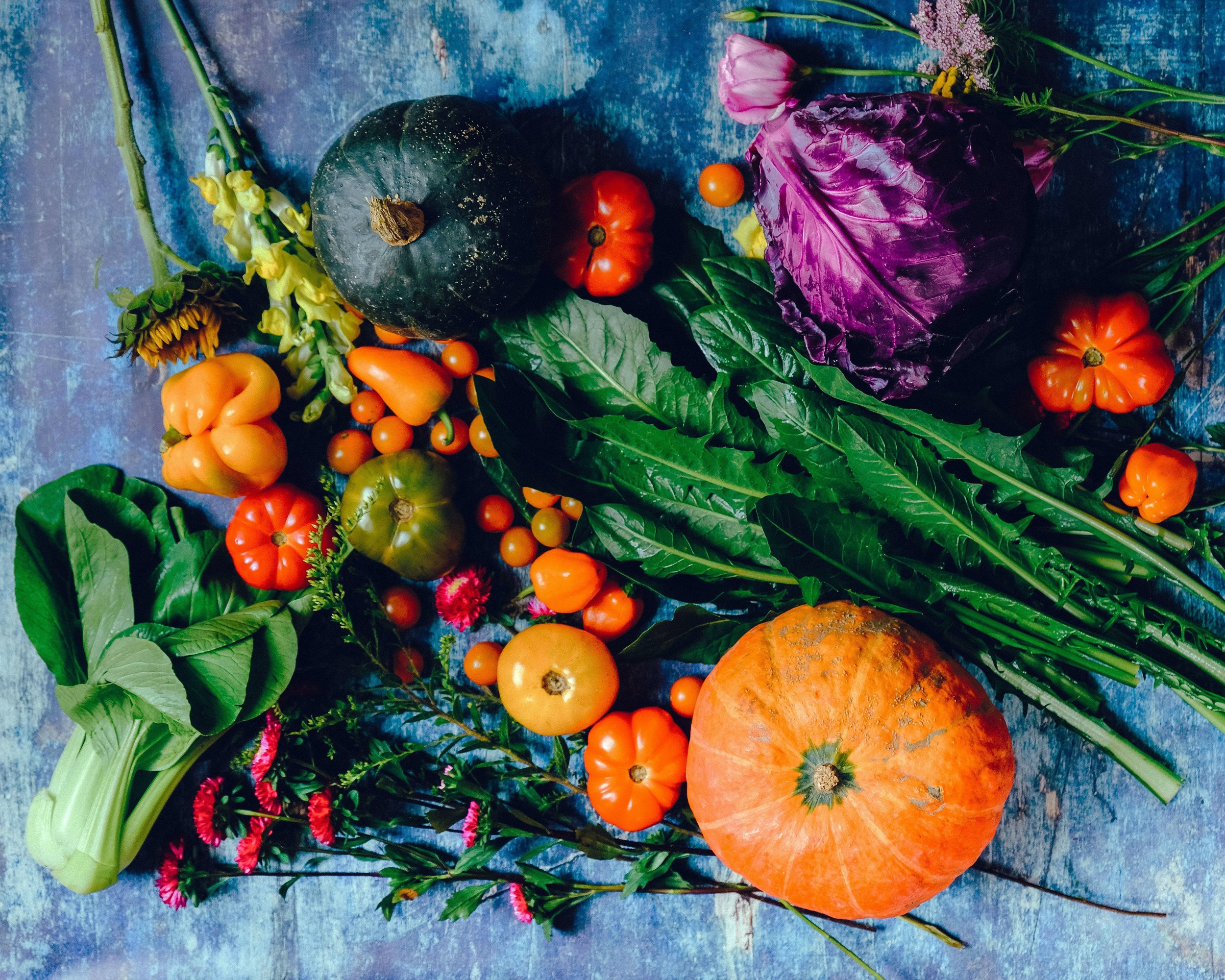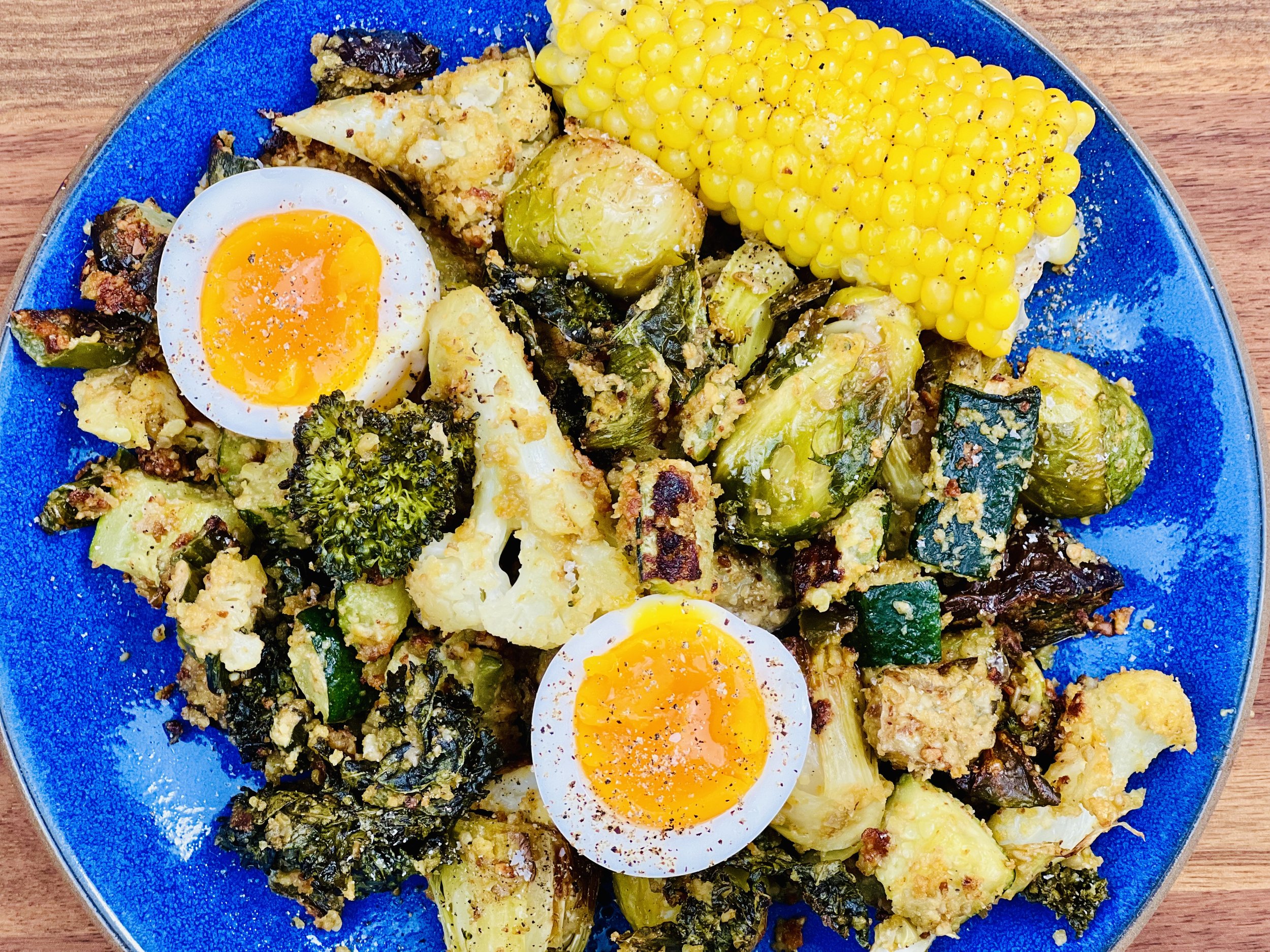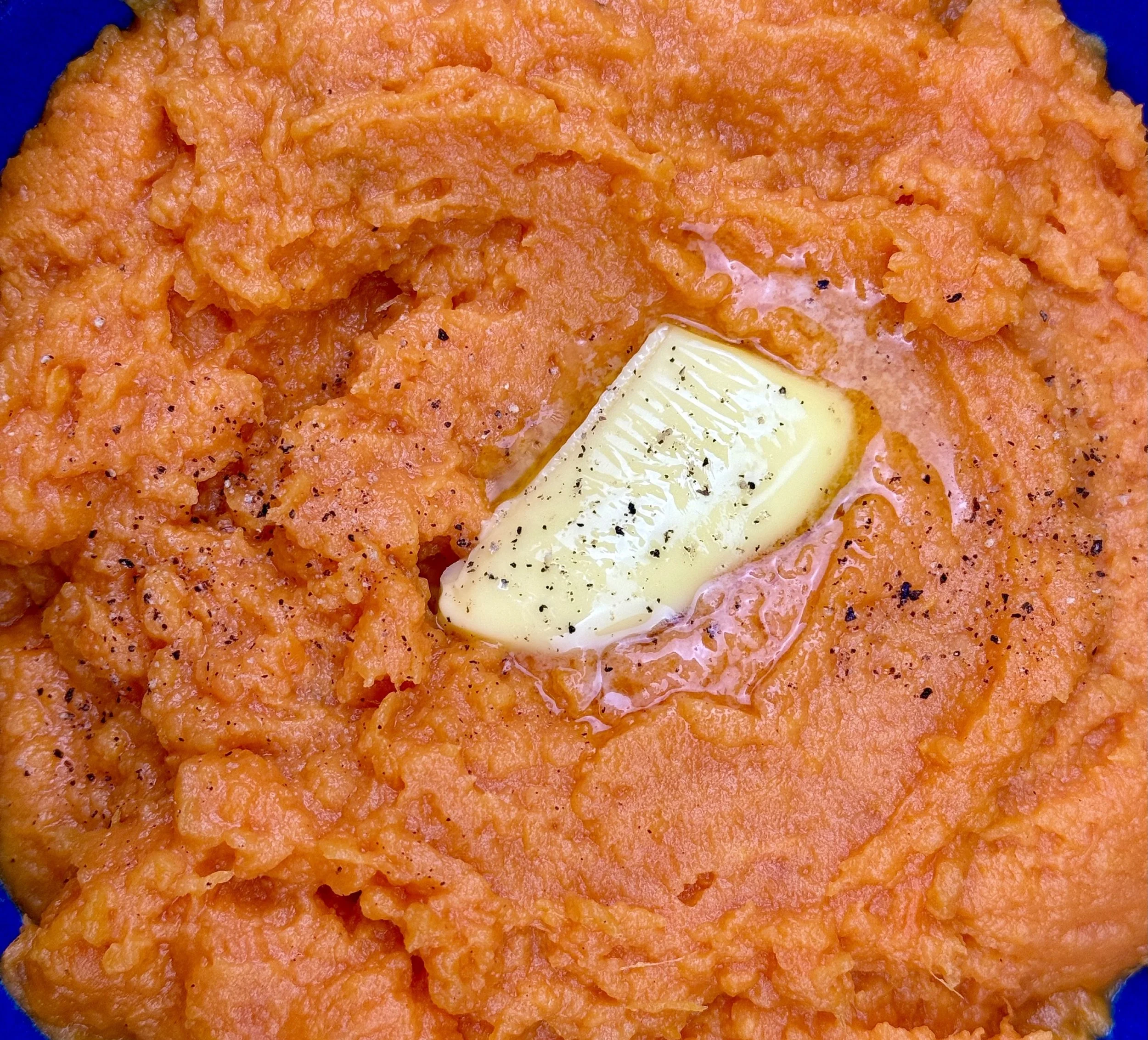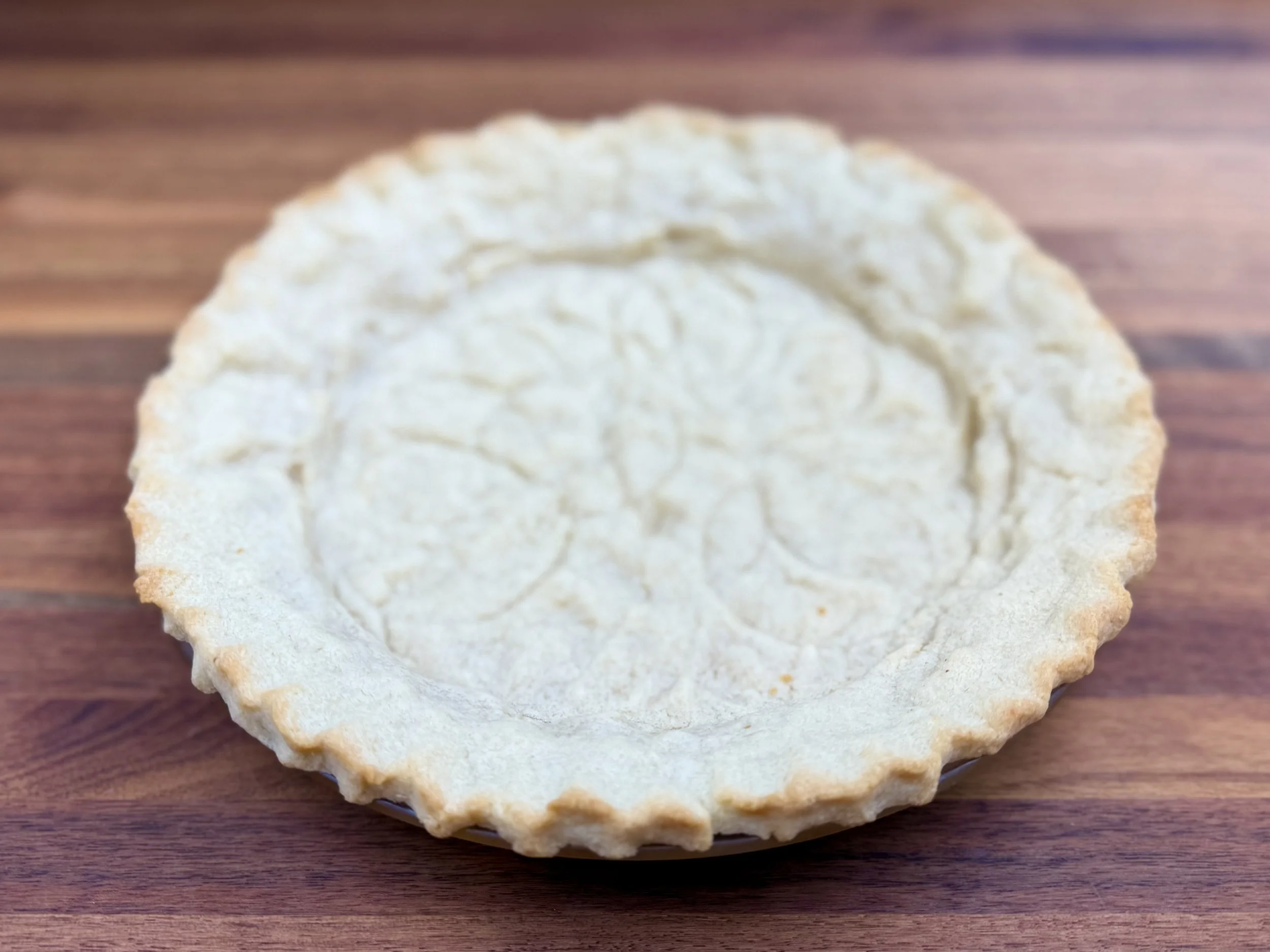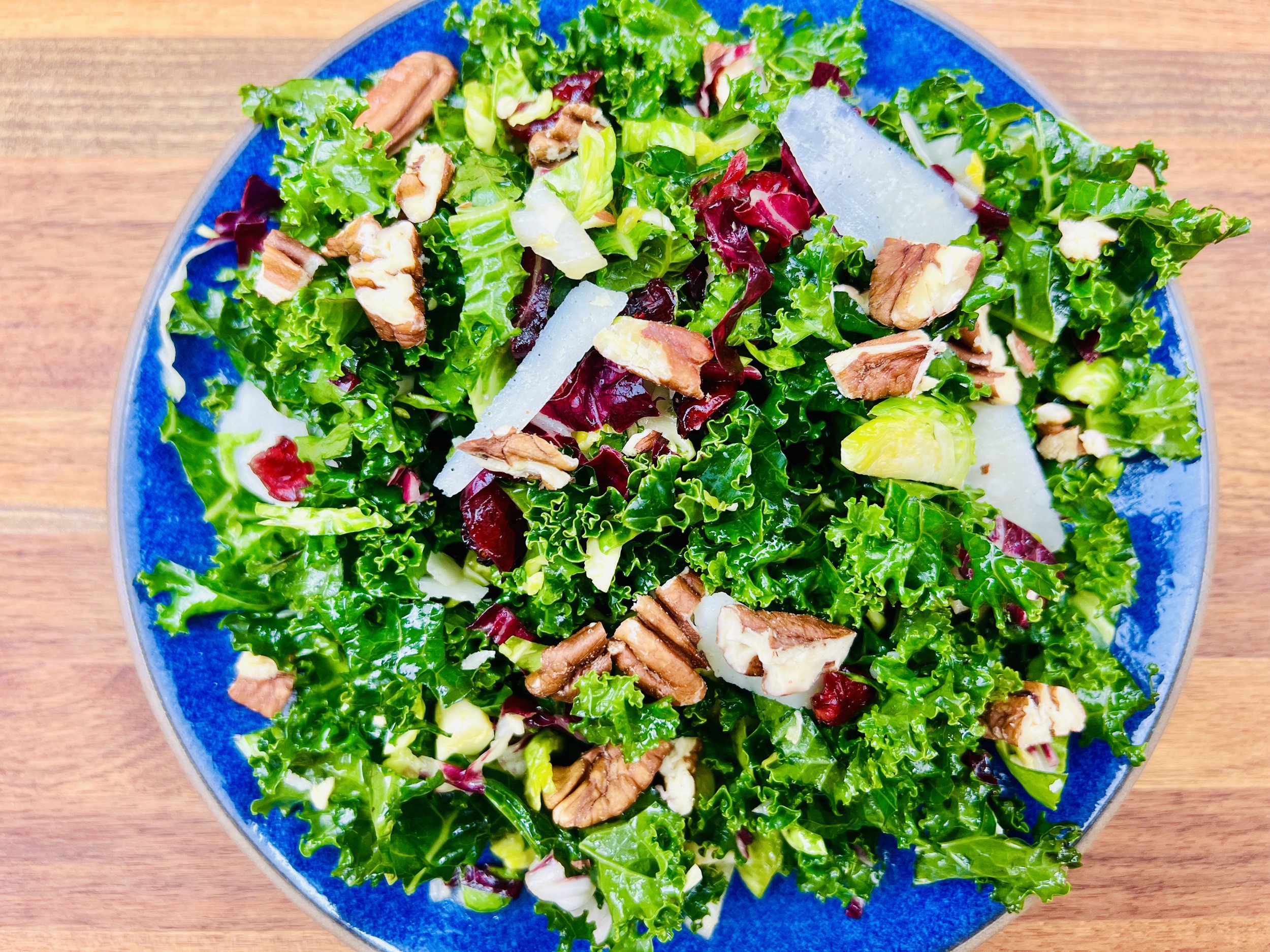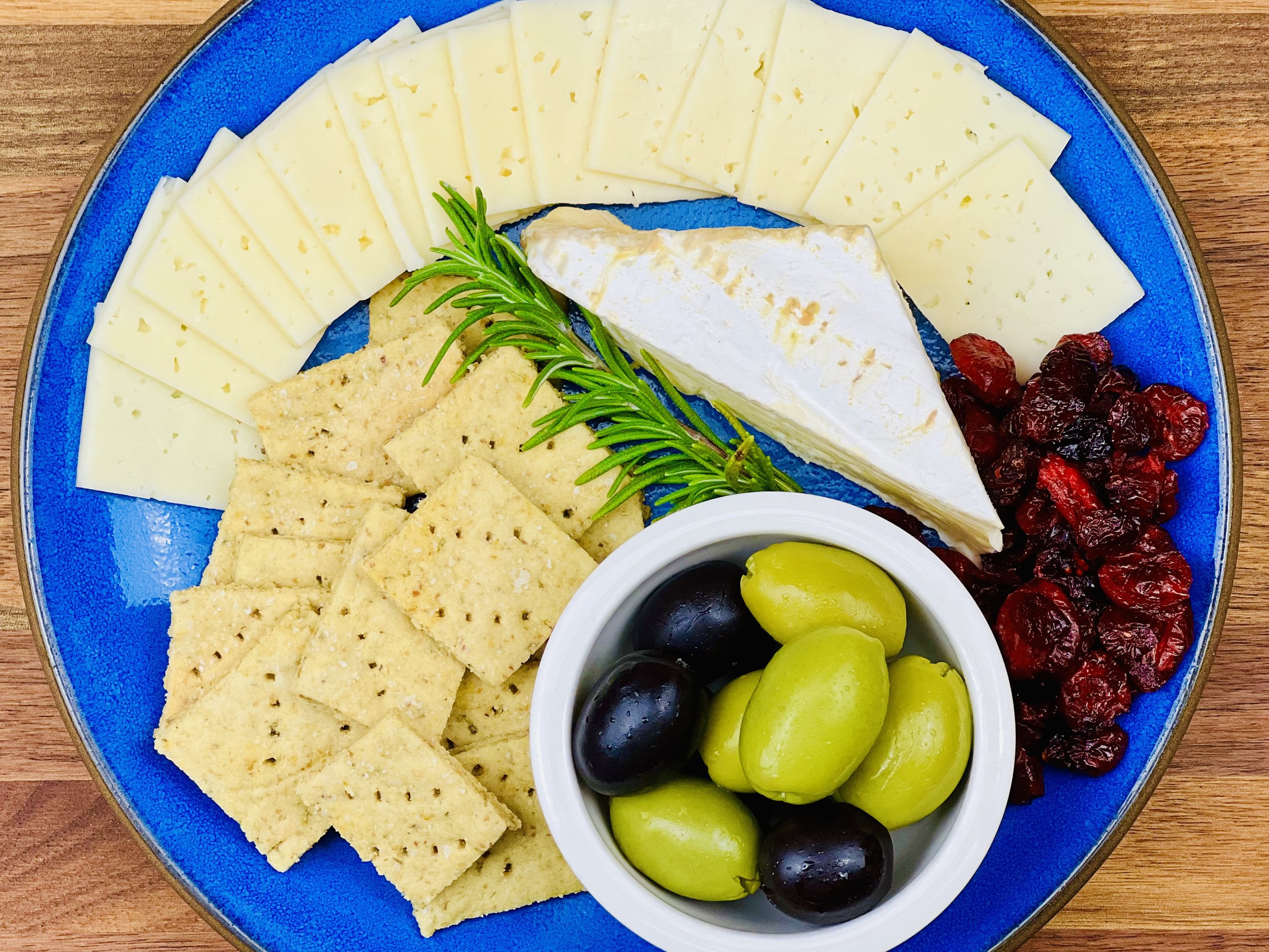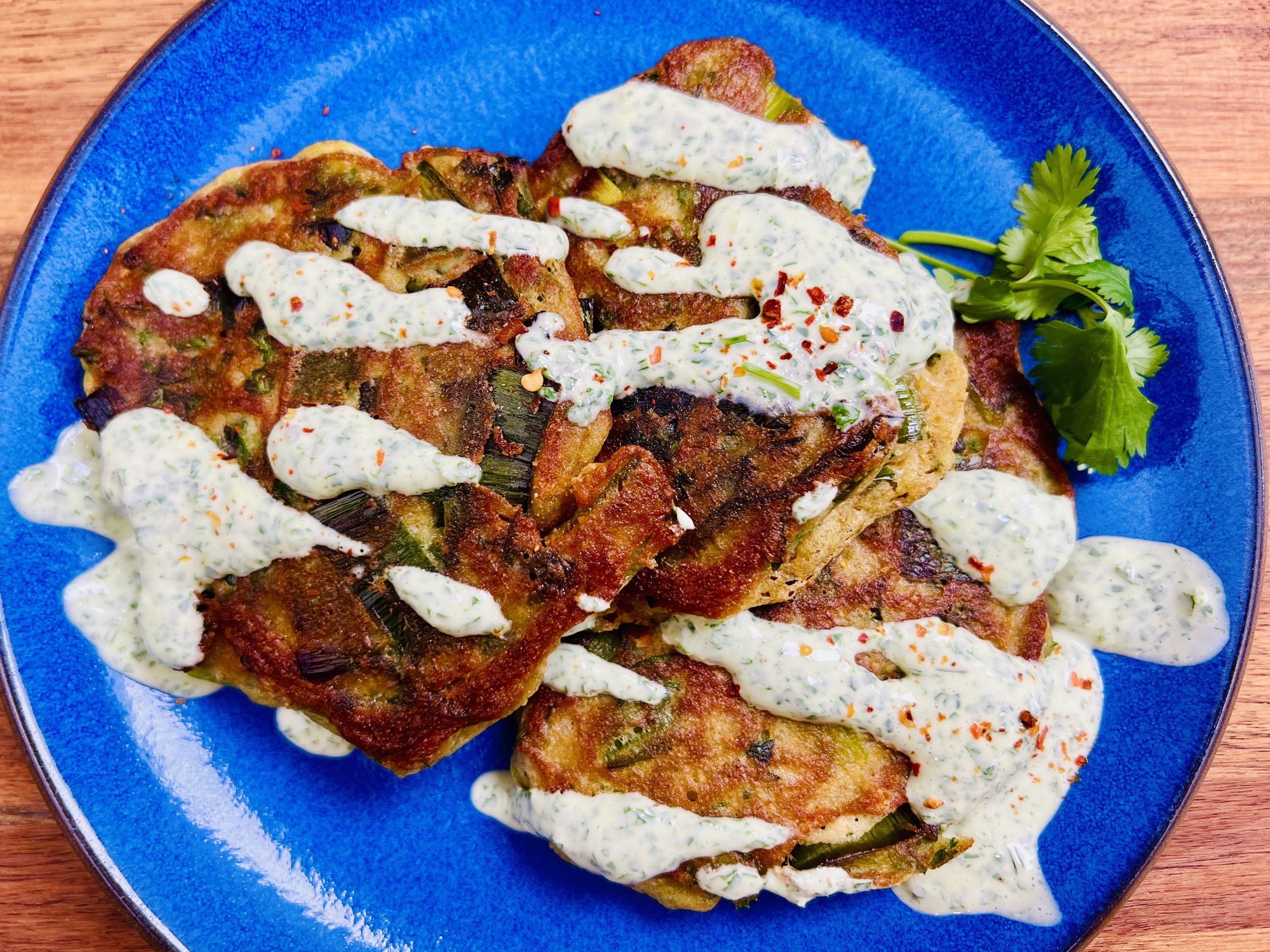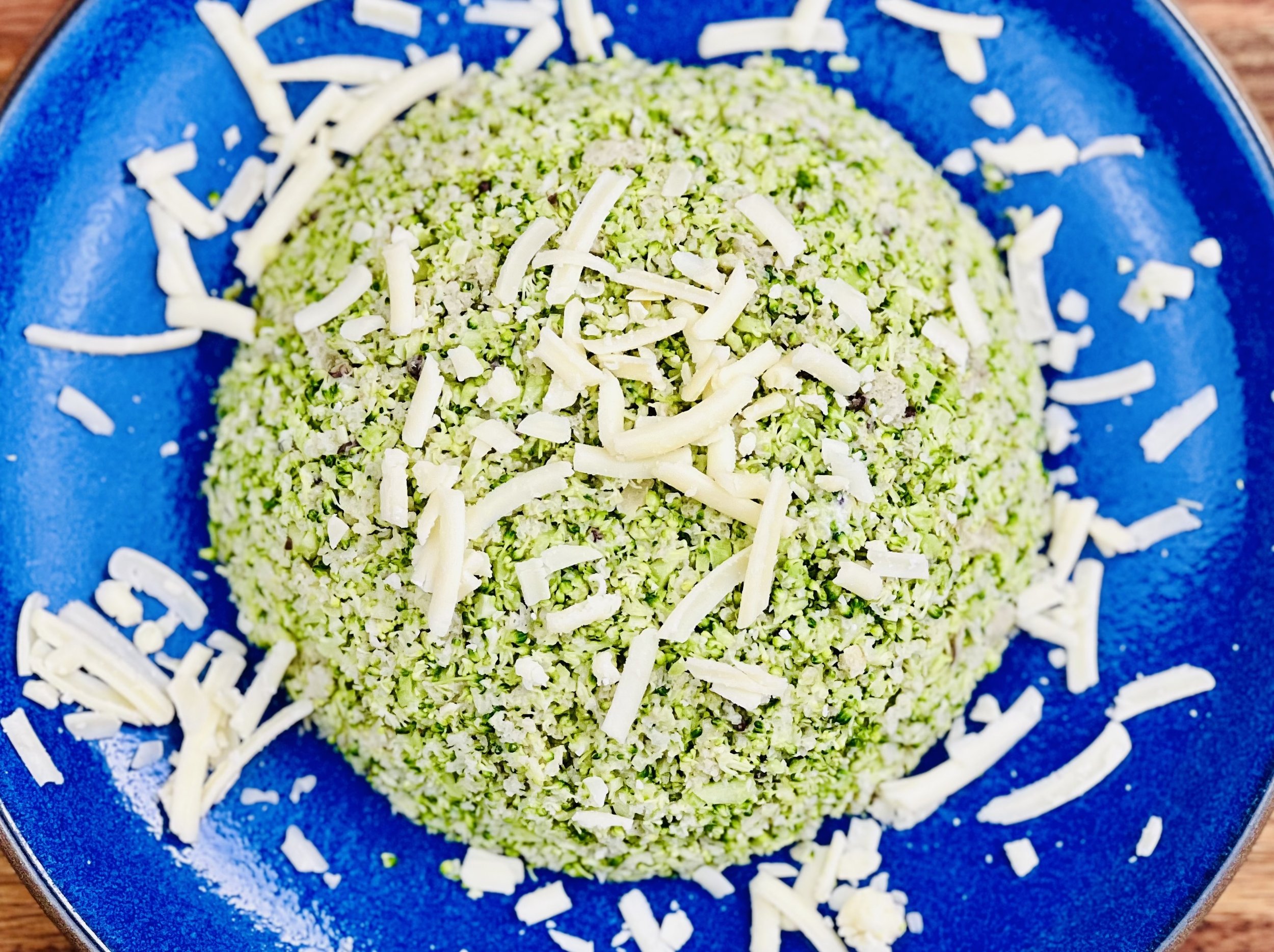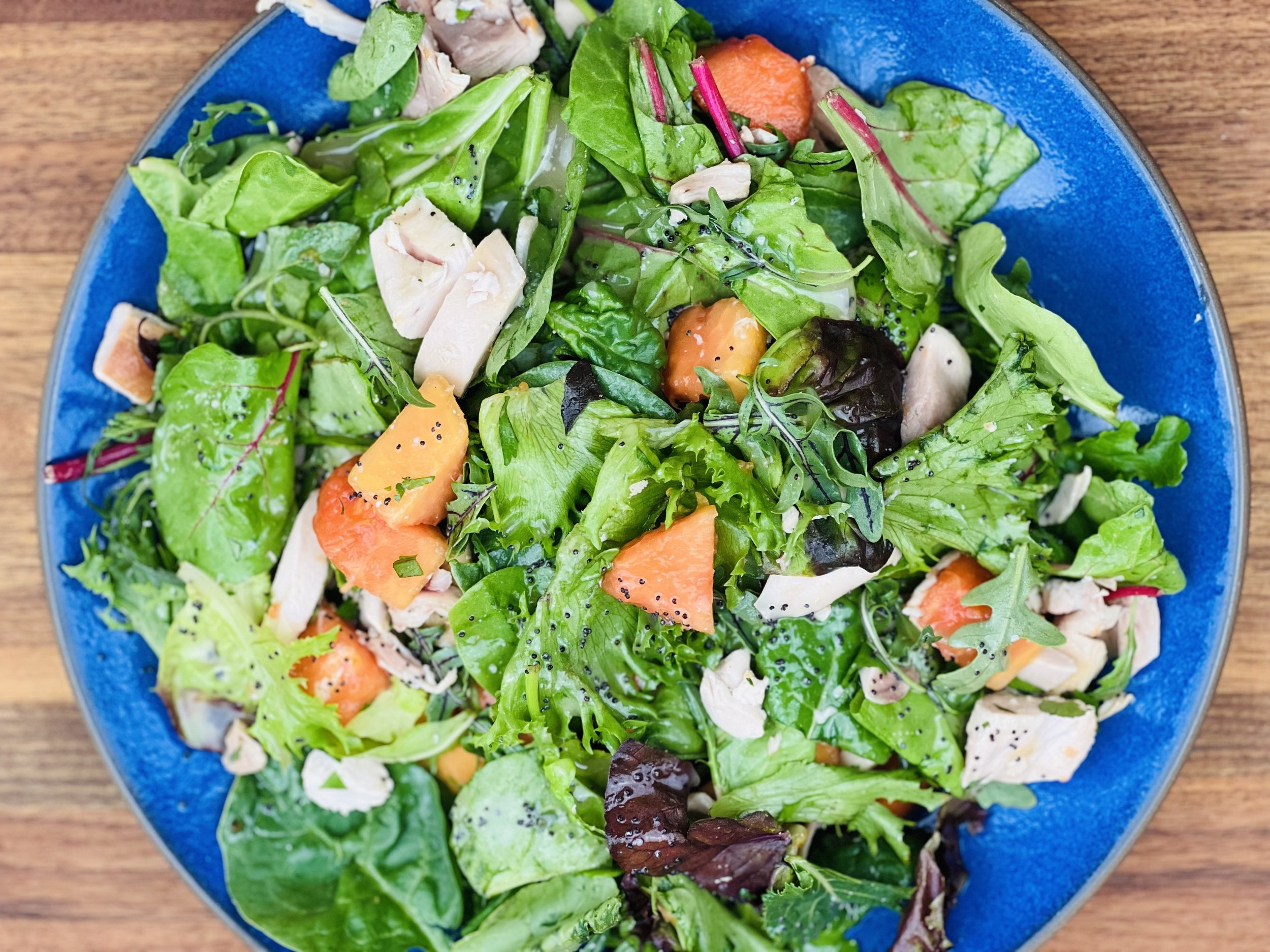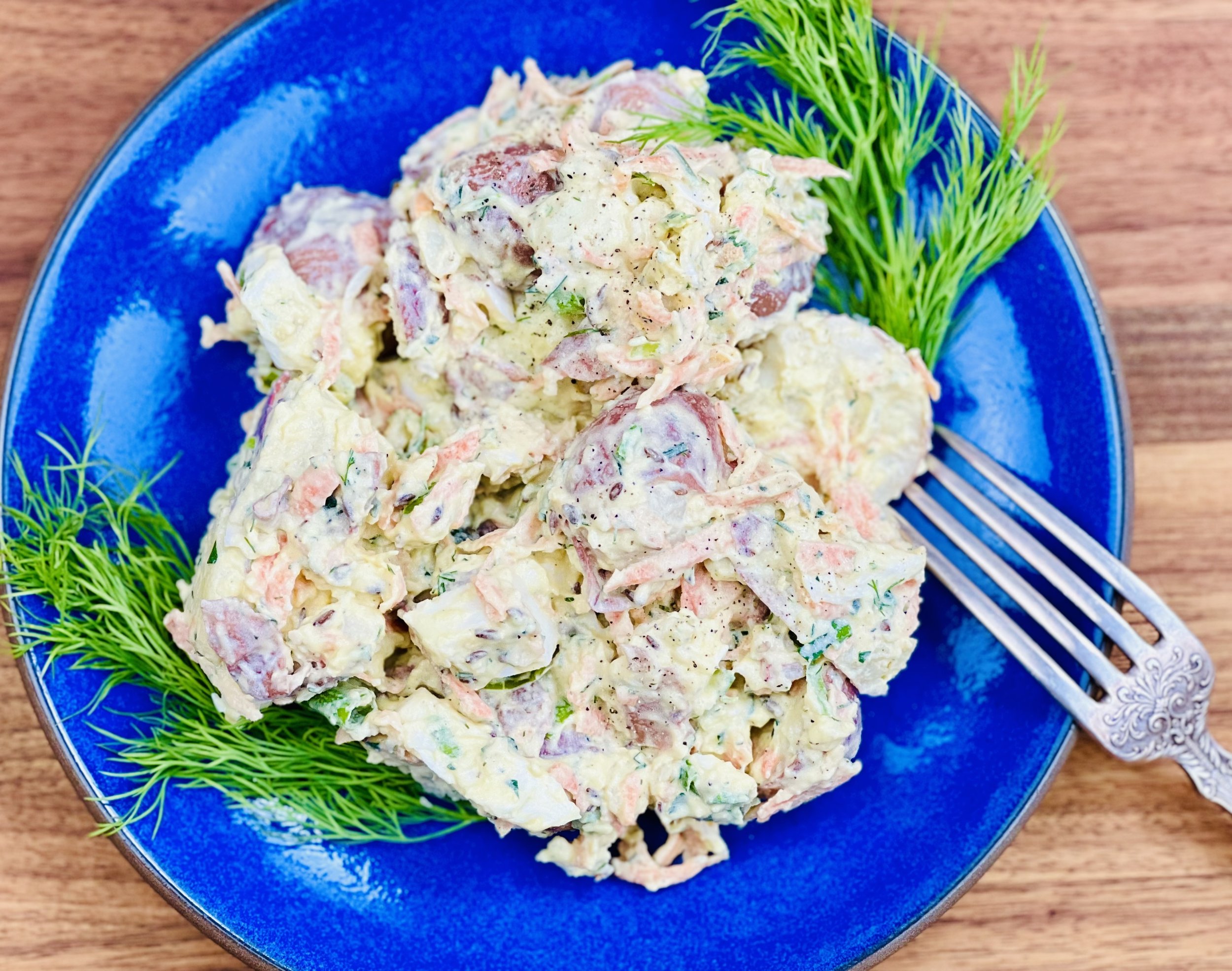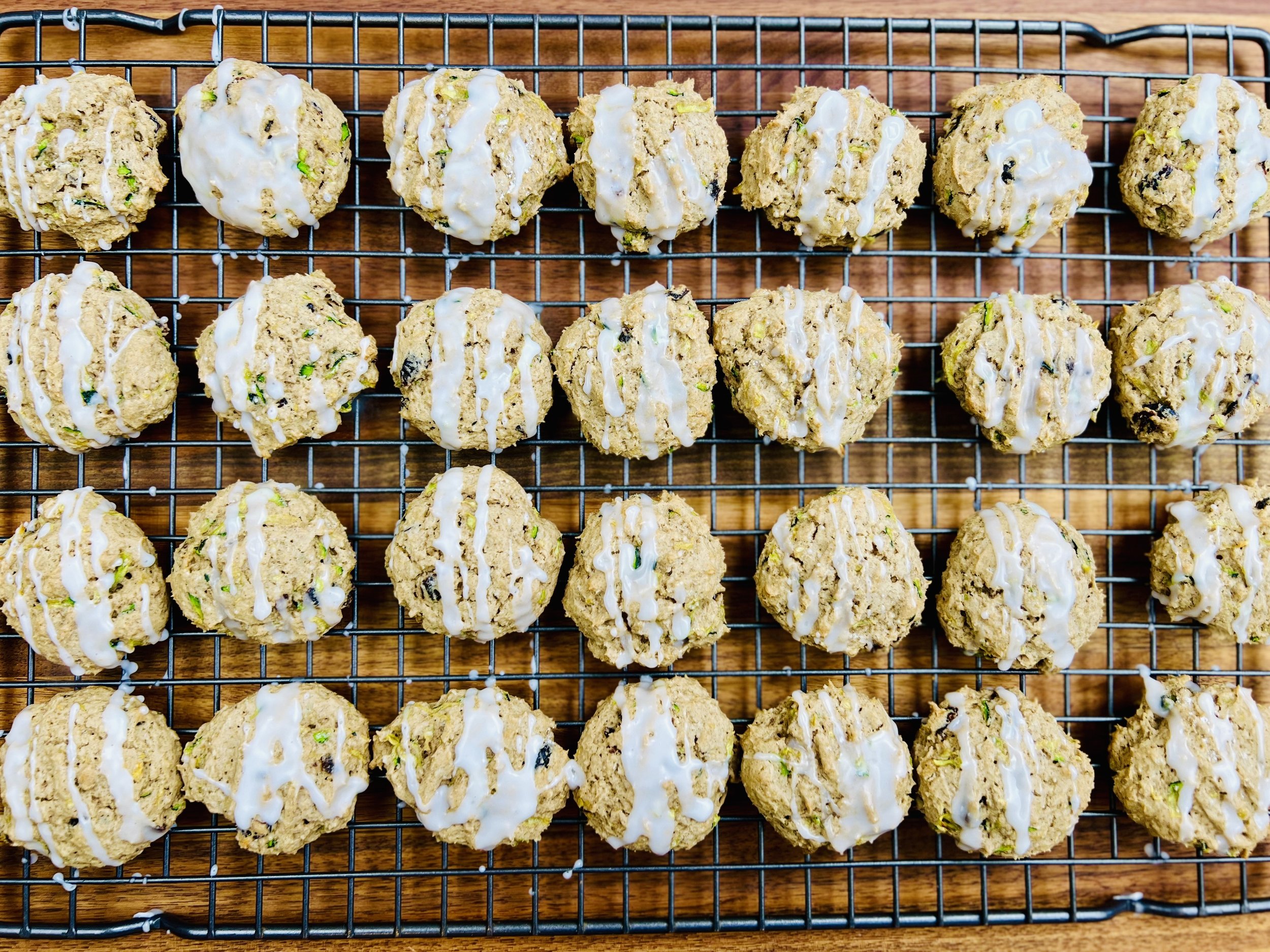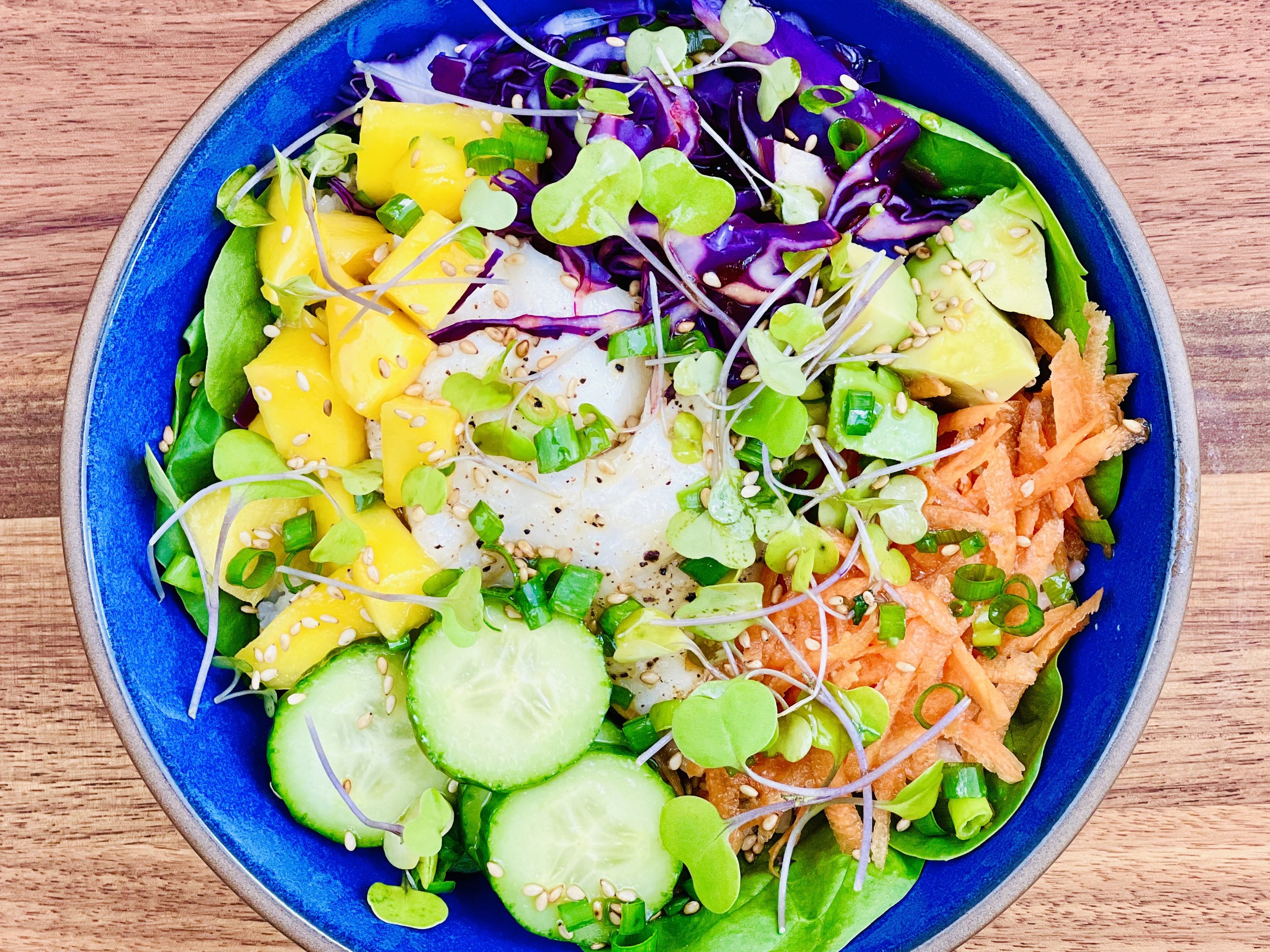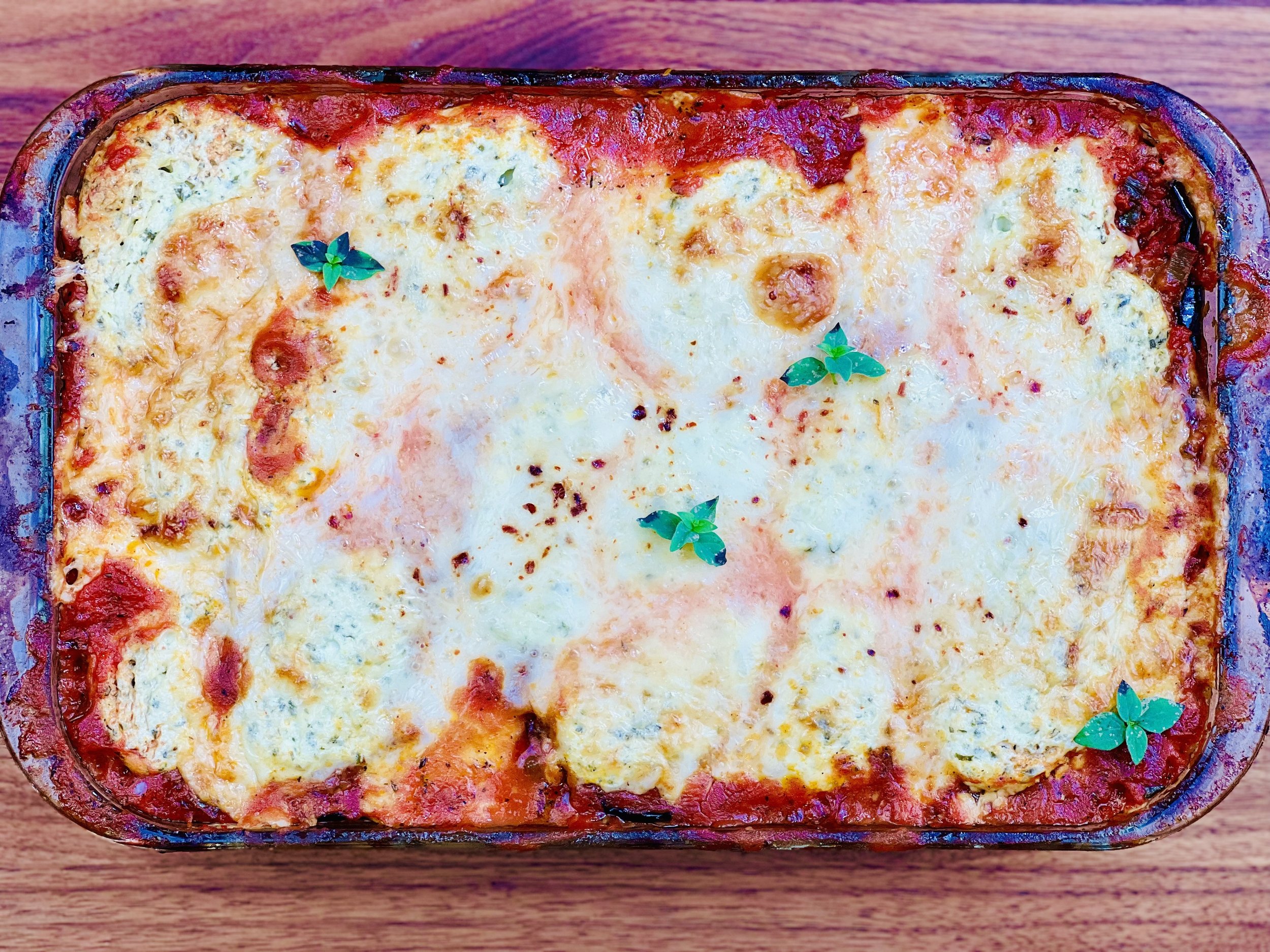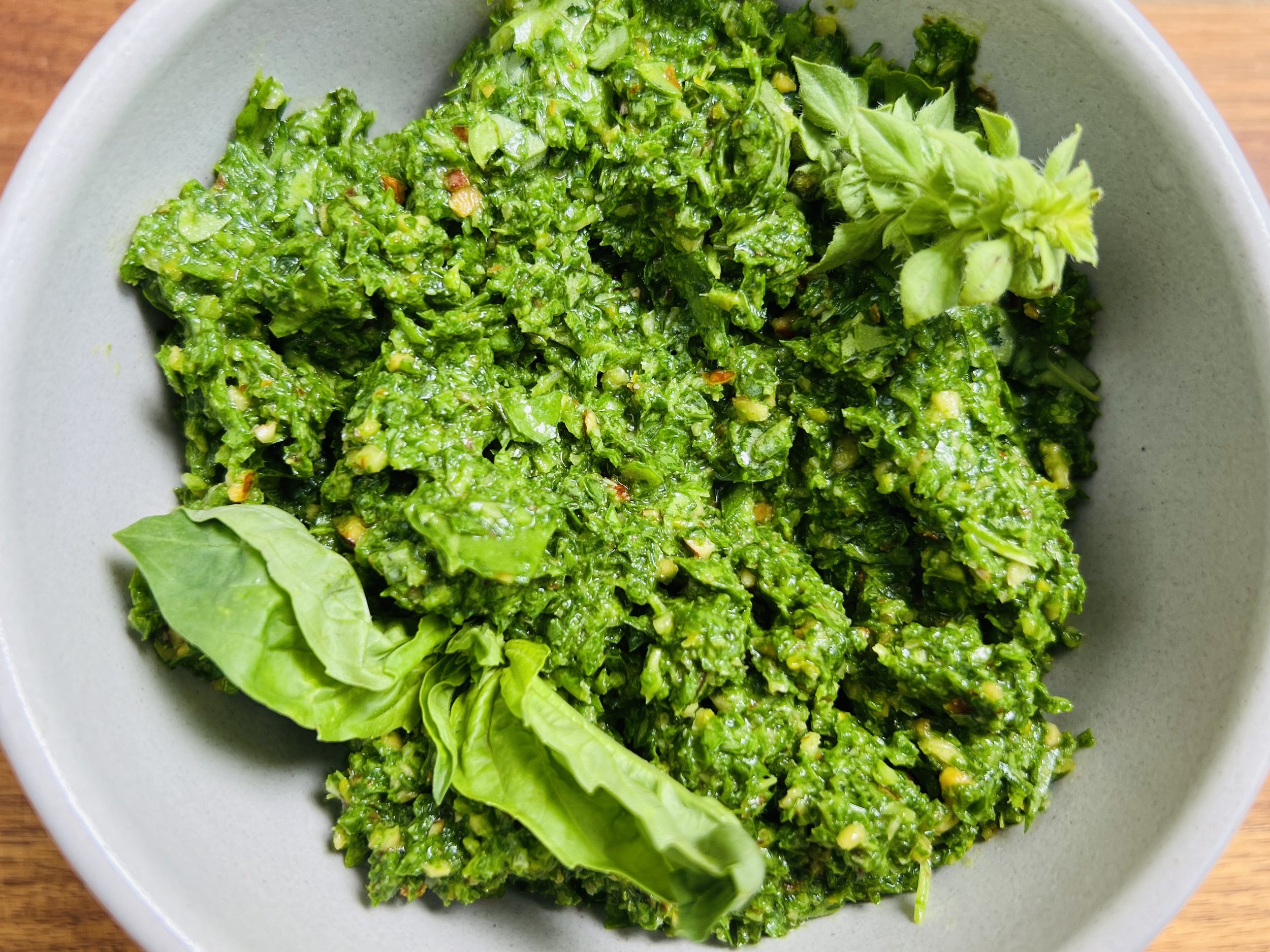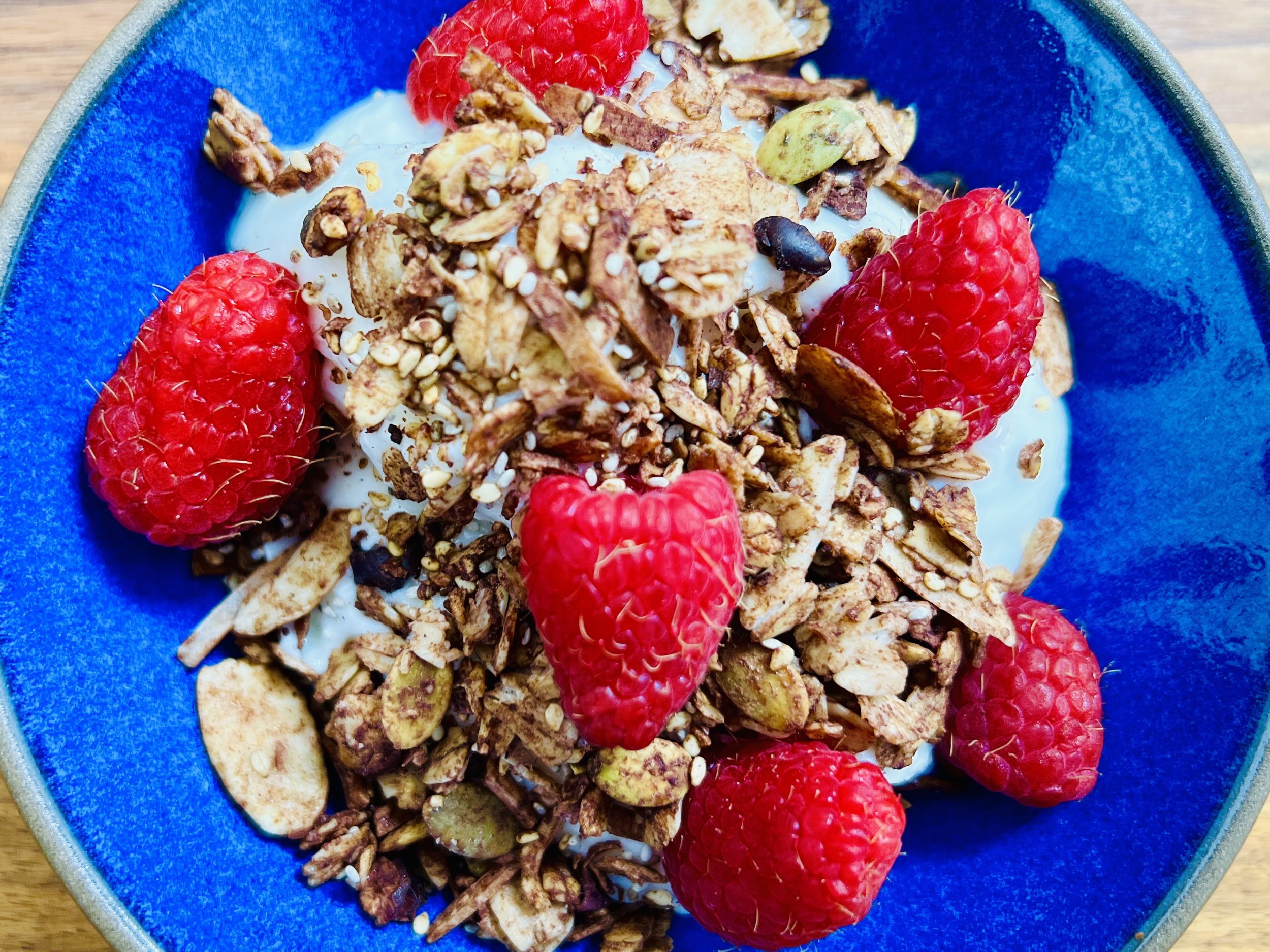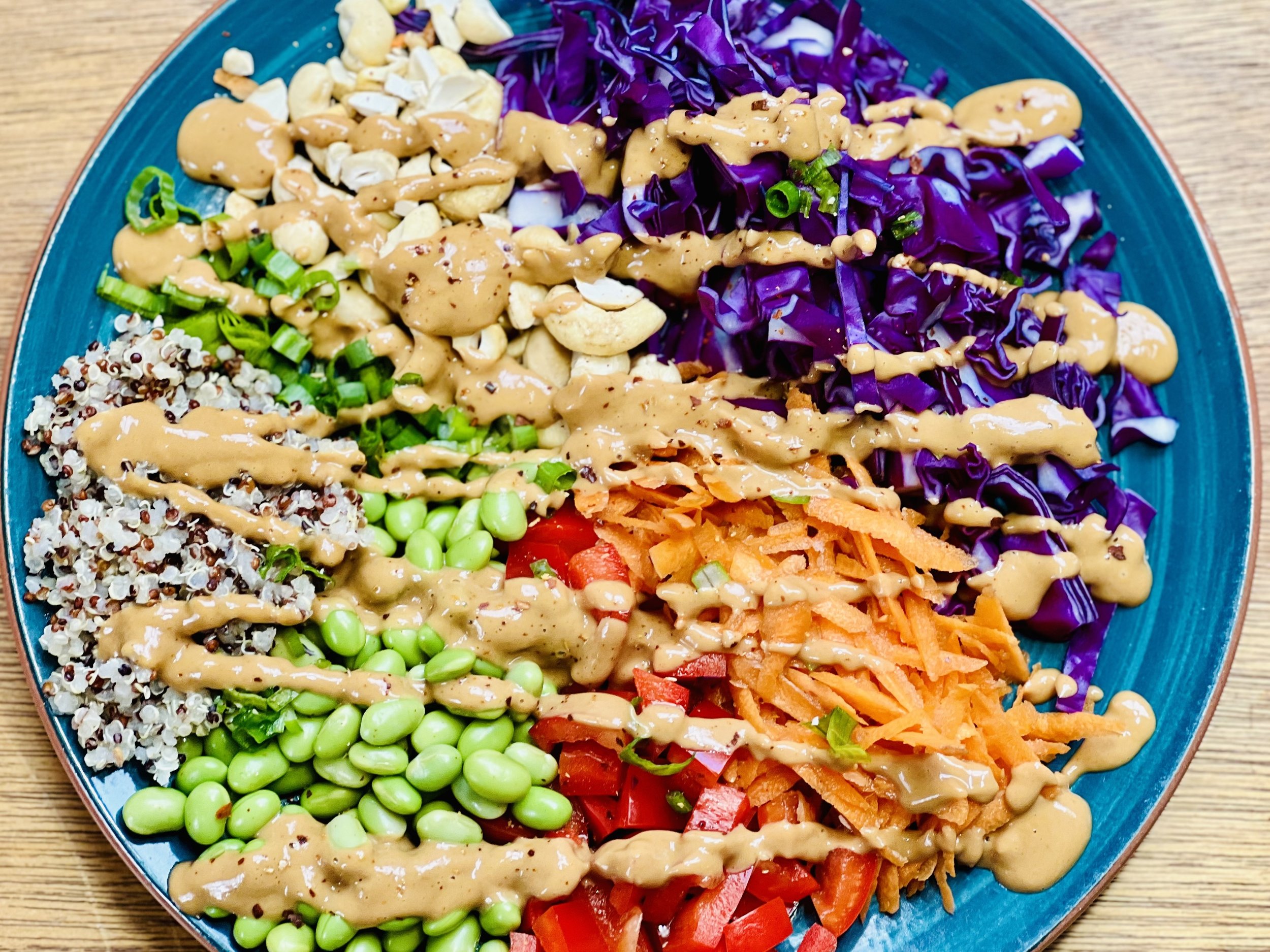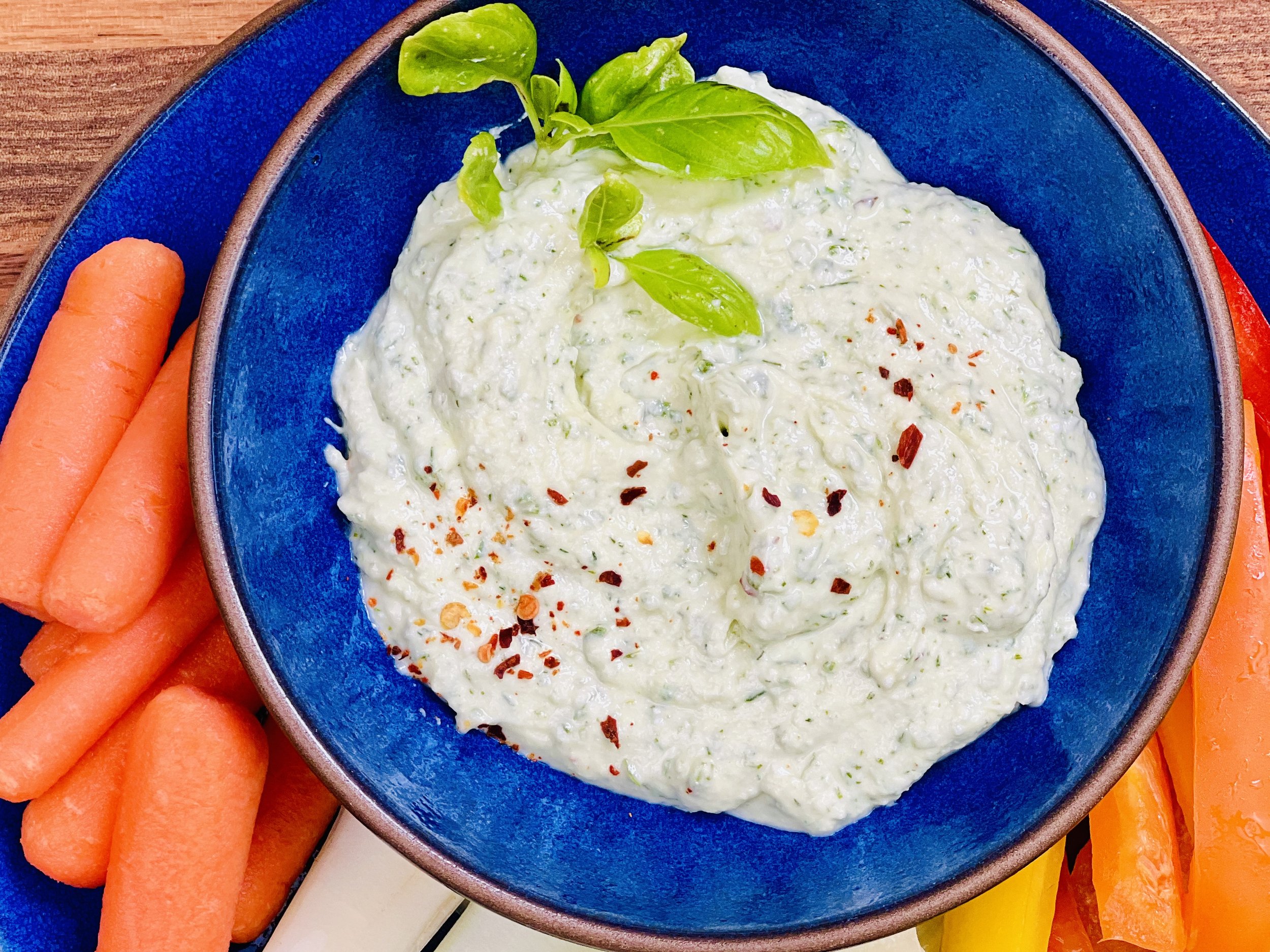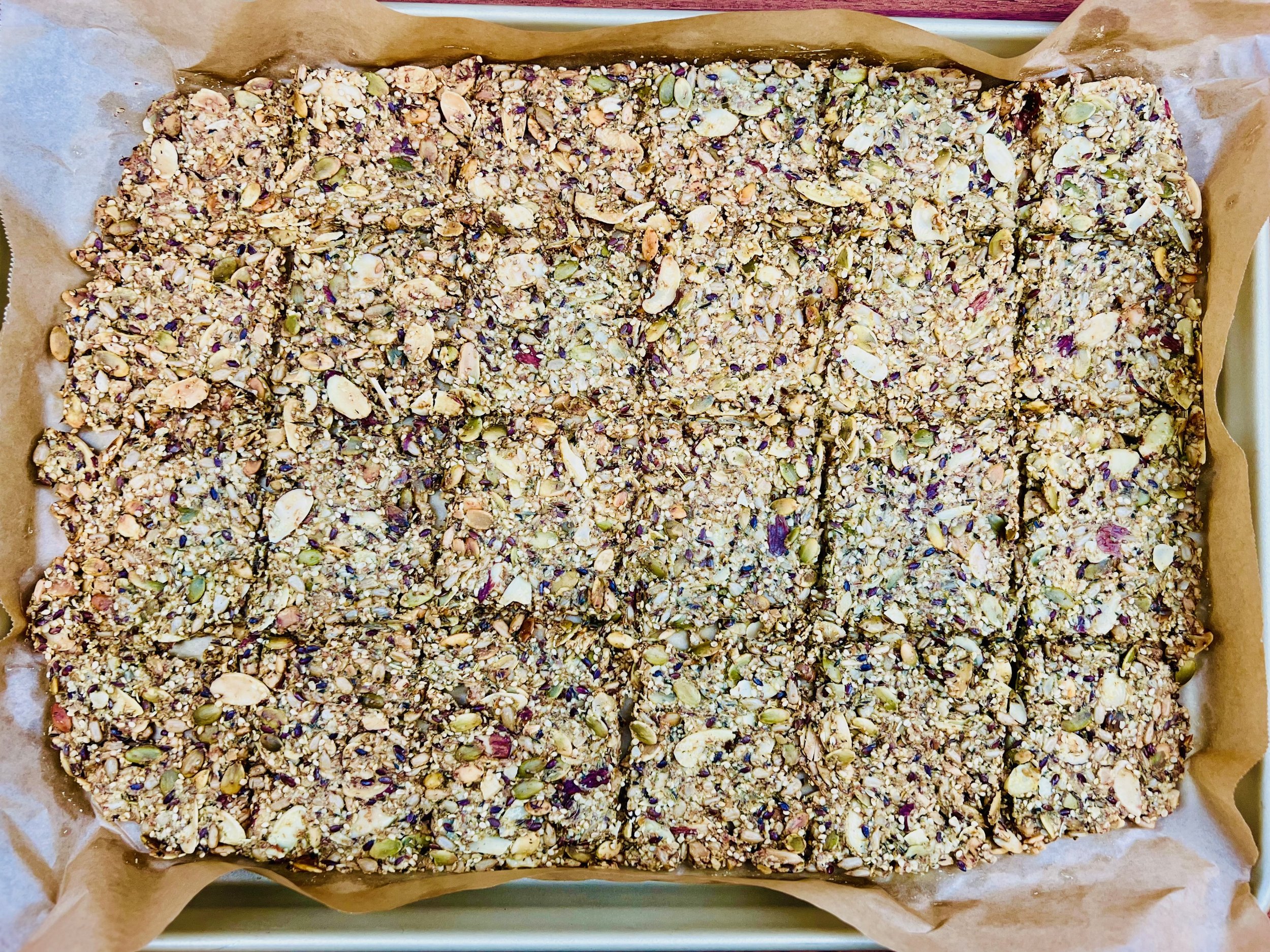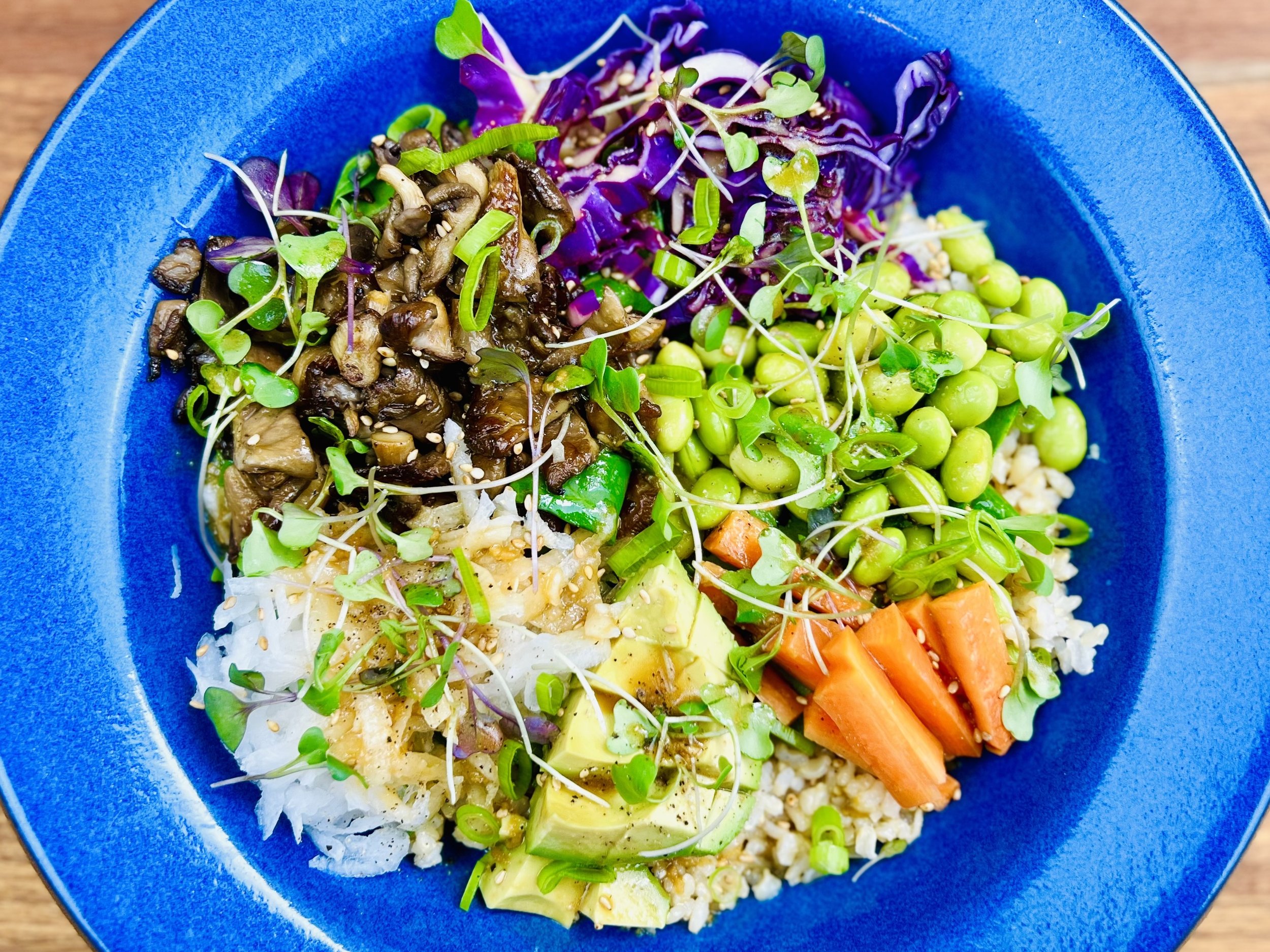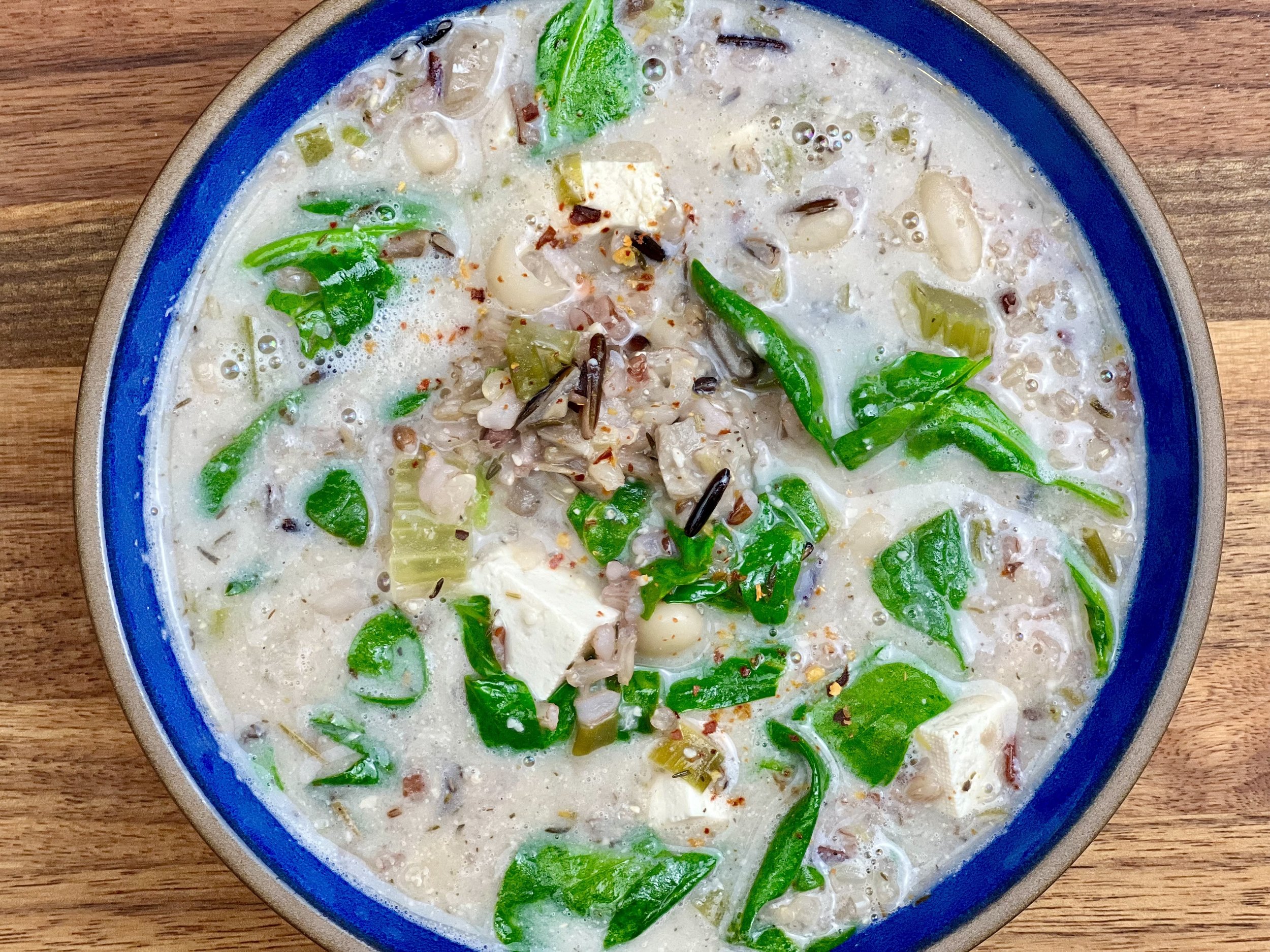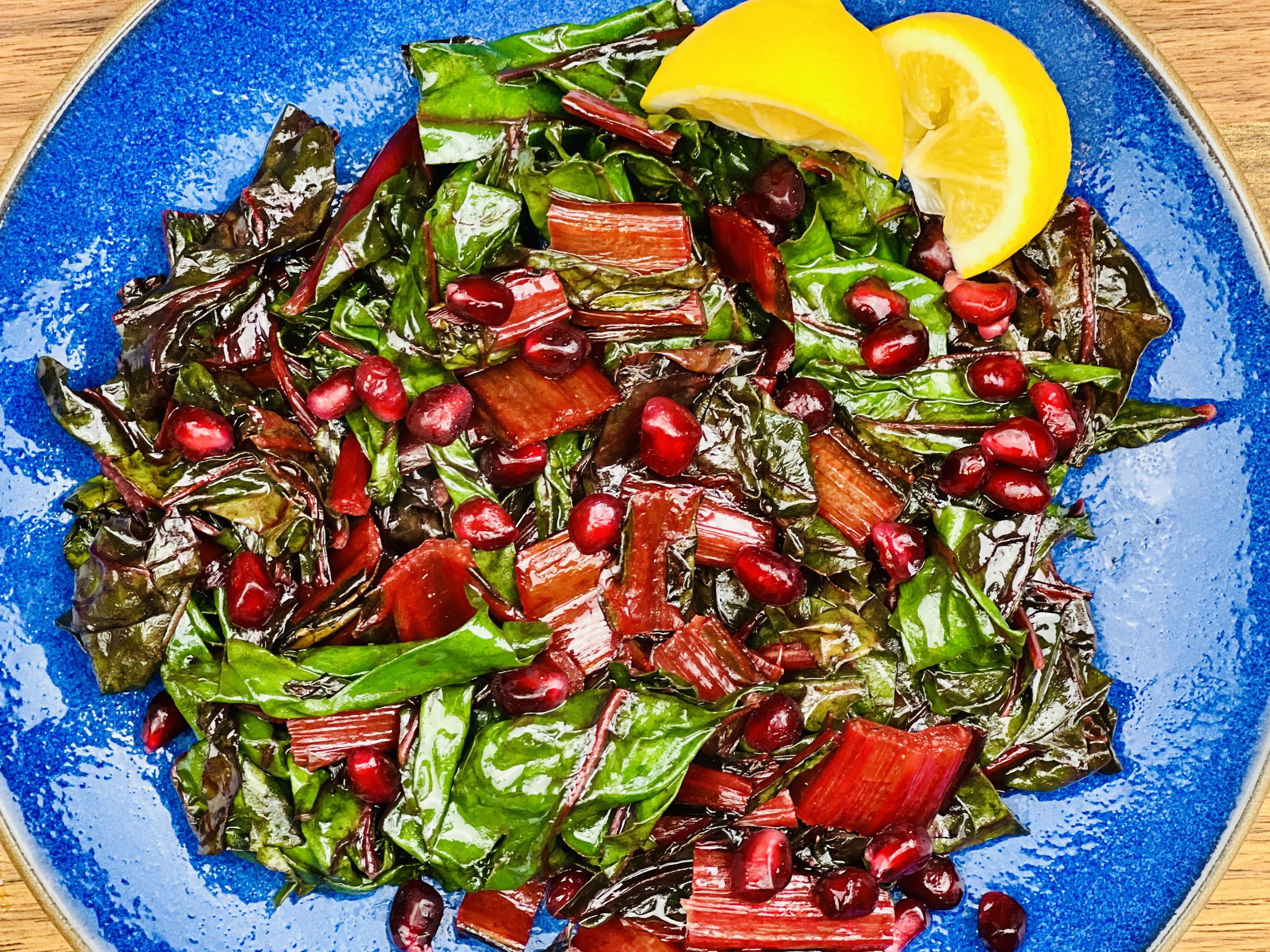Deliciously Low FODMAP
Inspire yourself with hundreds of delicious low FODMAP recipes, tips, and tools, and enjoy the abundance that is yours even when you have IBS.
Use the buttons and filters to find something specific or browse the complete collection for inspiration.
Discover a treasure trove of recipes with my FREE recipe club! Get new ideas delivered straight to your inbox every week.
Deliciously Low FODMAP is a trademark of IBS Game Changer, LLC
Filter to find Recipes and Tools
More Filtering Options
- All 793
- Appetizer 55
- BBQ 49
- Bowl 32
- Breakfast 69
- Cocktails 13
- Collection 1 58
- Collection 10 27
- Collection 11 30
- Collection 12 27
- Collection 13 31
- Collection 14 29
- Collection 15 31
- Collection 16 34
- Collection 17 31
- Collection 18 33
- Collection 19 36
- Collection 2 32
- Collection 20 33
- Collection 21 33
- Collection 22 40
- Collection 23 62
- Collection 24 14
- Collection 3 28
- Collection 4 29
- Collection 5 30
- Collection 6 32
- Collection 7 31
- Collection 8 31
- Collection 9 32
- Condiments 6
- Crock Pot 4
- Dessert 116
- Diabetes Game Changer Exception Protocol Contains Alcohol 11
- Diabetes Game Changer Exception Protocol Contains Flour 113
- Diabetes Game Changer Exception Protocol Contains Flour AND Sugar 79
- Diabetes Game Changer Exception Protocol Contains Sugar 52
- Diabetes Game Changer First Four Weeks 404
- Dinner 362
- Drink 8
- Easter 1
- Free Guide 17
- Gluten-free 652
- Gut Microbiome 2
- Guthealth 3
- Holidays 73
- IBS Triggers 4
- Keto Friendly 162
- Lactose-Free 181
- Low Carb 7
Navigating Life with Irritable Bowel Syndrome: A Guide to Empowerment
Tips and Tools to help you navigate life while dealing with IBS
Living with Irritable Bowel Syndrome (IBS) can be a daily challenge, but it doesn't have to define your life. By approaching it from multiple directions and adopting a proactive and holistic approach, you can empower yourself to lead a fulfilling and balanced life. In this blog post, I’m sharing some practical tips and strategies to help you navigate the complexities of IBS and discover a sense of well-being.
Understand Your Triggers: The first step towards managing IBS is identifying your triggers. A great way to do this is to keep a daily diary to track your diet, hydration, exercise, stress, along with any symptoms you might be experiencing. This will help you pinpoint specific foods or stressors that may exacerbate your symptoms. Knowledge is power, and understanding your triggers is key to making informed choices.
Consult with Healthcare Professionals: Confirming your symptoms are related to IBS, vs something else, is a very important step. Once you’ve identified your most common triggers it’s always a good idea to consult with a gastroenterologist or your primary healthcare provider to discuss your symptoms, rule out other possible causes, and develop a personalized treatment plan.
Try a Low FODMAP Diet: Consider experimenting with a Low FODMAP diet, which restricts certain fermentable carbohydrates known to trigger IBS symptoms. It’s important, when trying any new diet, to keep your diary going by documenting your intake and your symptoms. It’s also important to ensure you're maintaining a balanced and nutritious diet. Lots of people identify a few things they can tolerate and they stick to just those things. This is not a good long-term strategy for managing IBS as you need great variety to ensure good health.
Prioritize Stress Management: Stress is a common trigger for IBS symptoms. Incorporate stress-reducing activities into your daily routine, such as mindfulness meditation, yoga, or deep breathing exercises. Establishing a consistent self-care routine can help you manage your stress levels and promote an overall sense of well-being, which in turn can diminish your IBS symptoms.
Stay Hydrated: Getting adequate hydration is crucial for digestive health. Ensure you're drinking enough water throughout the day (every day), as it helps maintain bowel regularity and supports overall digestive function. Build habits that help you maintain your hydration such as using a water bottle, or filling a glass in the kitchen that you drink every time you pass through.
Regular Exercise: Engage in regular physical activity, tailored to your comfort level. Exercise has been shown to alleviate IBS symptoms by promoting healthy digestion and reducing stress. Choose activities that you enjoy, whether it's walking, swimming, riding your bike, or doing some other form of gentle exercise. The most important thing, when choosing an exercise, is that you choose something you enjoy doing so you will do it regularly.
Build a Support System: Living with IBS can be emotionally challenging. Establish a support system of understanding friends and family, and consider joining an online community, such as my IBS Game Changer Community, where you can share experiences and get low FODMAP recipes and tips. Connecting with others who understand what you're going through can provide comfort and valuable insights.
Living with Irritable Bowel Syndrome is a journey, and it's essential to approach it with patience and self-compassion. By understanding your triggers, adopting a balanced lifestyle, and seeking support when needed, you can reclaim control over your life and thrive despite the challenges of IBS. Remember, you're not alone, and with the right strategies, living well with IBS is entirely within reach.
Need help on your journey?
More Deliciously Low FODMAP™ Tips and Tools
Top 10 Strategies for Building a Healthy Gut Biome
How can you ensure your gut biome is in the best shape possible? I’ve put together the top 10 strategies to promote a healthy and diverse gut biome. Read on…
The gut biome, that intricate world of microorganisms within your digestive system, plays a vital role in your overall health. A balanced and thriving gut biome can influence everything from digestion to immunity and even mood. So, how can you ensure your gut biome is in the best shape possible? That’s a question lots of us are asking ourselves these days. With that in mind, I’ve put together the top 10 strategies to promote a healthy and diverse gut biome. Read on…
Your gut biome is a dynamic and influential part of your overall well-being. By following these top 10 strategies, you can help nurture a diverse and robust gut biome that supports your health in numerous ways. So, embark on this journey to a healthier you by prioritizing your gut health with these top ten strategies:
1. A Diet Rich in Fiber:
A diet that has an abundance of fiber from fruits, vegetables, whole grains, and legumes provides essential nutrients for beneficial gut bacteria. Fiber acts as fuel for these microbes, promoting their growth and diversity. When you promote the growth of the “good” bacteria, you leave less room for the “bad” bacteria to thrive and proliferate.
2. Probiotic Foods:
Probiotics are a big topic of interest here. Lots of people take a probiotic supplement, which is great if you happen to choose the right one for your unique gut biome profile. A better approach may be to incorporate probiotic-rich foods into your diet such as yogurt, kefir, sauerkraut, and even kimchi into your diet. These foods introduce live beneficial bacteria into your gut, bolstering its health.
3. Prebiotic Foods:
Prebiotics are non-digestible fibers that nourish the good bacteria in your gut. They're found in foods like cabbage, jicama, leeks, and sauerkraut (also in onions and garlic so if you can tolerate some of those, definitely keep them in your diet for the sake of your gut biome).
4. Diverse Diet with a “Target 30” mentality:
Variety is key. A diverse diet exposes your gut to different types of microorganisms and nutrients, fostering a more diverse and resilient gut biome. I have talked many times about trying to consume at least 30 different plants per week. If that’s your target then you’re surely going eat more than the standard set of 5 or 6 you’re probably eating now. Keep in mind, “plants” include nuts, seeds, grains, herbs, seasonings, veggies, fruits, and even plant-based oils so getting to 30 each week isn’t as hard as it seems!
5. Reduce Sugar and Processed Foods:
Excess sugar and processed foods can disrupt the balance of gut bacteria by feeding the bad bacteria which then crowd out the good guys. Minimize your sugar and processed food intake to support a healthier gut and a healthier you! Does that mean you can’t ever have your favorite dessert? No, it does not! It just means you aren’t going to have it every day. Focus on eating whole foods that you can recognize as food and you’ll find you’re less hungry for the processed stuff.
6. Fermented Foods:
Fermented foods such as miso, kombucha, olives, soy sauce, sourdough bread, and apple cider vinegar, to name just a few, are rich in natural probiotics and are great to incorporate into your meals. Make miso soup and dip some sourdough bread in it. Drink some Kombucha, which is readily available in multiple varieties on the grocery store shelves so you can a few you like and drink a small glass (you don’t need to drink the whole bottle) to get a delicious blast of probiotics. Isn’t that better than taking a handful of pills?
7. Manage Stress:
High stress levels have been proven to negatively impact your gut health. Actively incorporating practices to reduce your stress levels by doing such things as yoga, meditation, mindfulness, and other relaxation techniques, can help keep your stress in check (while offering many other benefits as well!)
8. Get Enough Sleep:
Quality sleep is essential for a healthy gut biome. To get the recommended 7-8 hours of restful sleep each night, make your sleep environment as conducive to sleep as possible. The ideal combination is a cool and totally dark room that is as quiet as possible. Even the smallest light (especially blue light) can disrupt your sleep so put tape over plugs and switches that light up. For even more sleep benefits, you can add such things as a weighted blanket, white noise if your environment isn’t quiet, and an eye mask if you can’t get the room fully dark. Definitely put any electronics that might disrupt your sleep in another room or at the very least on do not disturb mode. There’s lots more to sleep hygiene but the bottom line is to develop a sleep routine that works for you and then do it every night.
9. Regular Exercise:
Physical activity can positively influence your gut health. It doesn’t have to be a long sweaty session at the gym. Just get out for a walk at least once, if not several times, a day. Can’t (or don’t want to) walk? Then do some exercises in your chair: March your legs, raise your heels, lift some weights, or just stretch. There are so many different forms of exercise that will benefit you and there seems to be an equally large number of excuses as to why we can’t find time to do any of them! Your whole body will thank you for adding regular exercise to your routine.
10. Avoid Overuse of Antibiotics:
We live in a society that likes to push pills as the answer to everything. So, when you end up at the doctor with a cold virus that has been with you for a week, it’s natural to think a round of antibiotics will be just the thing to put you right. Truth be told, most viruses take about 10 days to run their course. So, if you start taking antibiotics after a week, it’s easy to imagine that’s what’s making you better when most likely the virus is just running its course. While antibiotics are essential for treating actual bacterial infections, overuse can harm your gut biome. Take them only when prescribed by a healthcare professional and only when they are truly indicated to cure whatever you have going on.
Adopting some of these strategies is sure to make a difference in your overall health and the health of your gut biome. All of them are accessible, easy to add to your routine, and in many cases, delicious! Need help navigating the changes needed to improve your gut biome and get your IBS under control? Feel free to set up a consult with me right here.
Have a question you’d like to have answered? Email me at hello@ibsgamechanger.com
More Deliciously Low FODMAP™ Tips and Tricks
Roasted Vegetable Main Course (Low FODMAP)
20 Minutes prep • 25 Minutes cook • Low FODMAP • Gluten-free • Lactose-free • Vegetarian • Serves 4
20 Minutes prep • 25 Minutes cook • Low FODMAP • Gluten-free • Lactose-free • Vegetarian • Serves 4 • Ok to make ahead: Steps 1-5
Eating a broad variety of plants is important for the health of our gut biome. Roasting a combination of vegetables is a great way to get that variety in a delicious way (this recipe includes 14 different plants!) Roasting vegetables brings out a wonderful nutty sweetness you can’t get any other way. This recipe enhances that nutty flavor with seasoning that is a combination of macadamia nuts, sunflower seeds, and nutritional yeast that deliver an incredibly flavorful, protein-packed vegetarian main course the whole family will love. The combination of vegetables in this recipe is specifically selected to minimize FODMAP stacking (the different vegetables have differing FODMAP profiles). I have included a bit of cauliflower, but if you are sensitive to the FODMAP Mannitol, please sub this out.
Ingredients: Vegetables
2 tablespoons garlic-infused olive oil
1 leek, green part only, chopped
1 bunch green onions, green part only, chopped
2 cups broccoli florets (top part only)
1 cup cauliflower florets or chopped carrots (use cauliflower only if you can tolerate some mannitol)
1 cup Brussels sprouts, cut in half if they are large
2 large leaves kale, central stem removed and roughly chopped
2 small Japanese eggplant, sliced into 1/2-inch rounds
2 jalapeno peppers, seeded and chopped (optional but delicious without being hot)
2 small zucchini, diced
Ingredients: Seasoning
1/2 cup roasted and salted macadamia nuts
1/4 cup raw sunflower seeds
1/2 cup nutritional yeast
1/2 teaspoon Kosher salt
1/2 teaspoon black pepper
1 generous pinch of cayenne pepper (optional but adds a nice kick)
Directions
(1) Prepare: Preheat the oven to 400 degrees F. Cut the leaves from the stems of the kale and discard the stems. Wash and spin dry the leaves. Remove the seeds and chop the jalapeno (removing the seeds removes the heat!) Wash and chop the other vegetables. Note: If you are not including the cauliflower, please add 1 cup of broccoli, Brussels sprouts, and/or chopped carrots instead.
(2) Massage kale: Put kale leaves in a mixing bowl or in the roasting pan and drizzle 1 tablespoon of olive oil over them. Use your hands to massage the kale to soften it up and coat all the leaves with the oil. Add all other vegetables except the zucchini. Set aside.
(3) Prepare the seasoning: In your blender (or mini food processor) combine the macadamia nuts, sunflower seeds, 4 tablespoons of nutritional yeast, salt, pepper, and cayenne pepper. Blend/pulse for about 30 seconds until it turns into a fine meal. Scrape down the sides of the bowl if needed and pulse again to break down all the nuts.
(4) Combine: Sprinkle the seasoning mixture on the vegetables and toss well to distribute as the seasoning as evenly as possible.
(5) Cook: Spread the vegetables out in the roasting pan or rimmed baking sheet and bake for 15 minutes. Remove from the oven and toss the vegetables to ensure even baking. Add the zucchini. Toss again. Return to the oven and bake for 10 - 15 minutes more, or until vegetables are tender and starting to turn deep brown.
Make-ahead note: Once completely cooled, store leftovers in an airtight container for 2-3 days. They heat up very nicely in a 325-degree F oven for 15 minutes or in the microwave.
(6) Plate and serve: Serve as a vegetarian main course or side dish as is or top with a soft-boiled egg for even more protein.
Eat and enjoy every bite because you can!
Recipe note: I use Diamond Crystal Kosher salt in all my recipes because it has a wonderful flat and crisp flake that tastes delicious. It is also the least salty salt available so you can use it more liberally as a seasoning than you can table salt or sea salt. If you use another type of salt, you may need to reduce the amount so it is not over-salted.
Have a question you’d like to have answered? Email me at hello@ibsgamechanger.com
Link note: This post may contain affiliate links for you to easily purchase items that are linked. I may earn a small commission from qualifying purchases but none of this costs you a thing so feel free to use the links! In addition, for some items, I have provided a special discount code for IBS Game Changers so be sure to use the code when you purchase an item to get the discount that has been arranged just for you.




